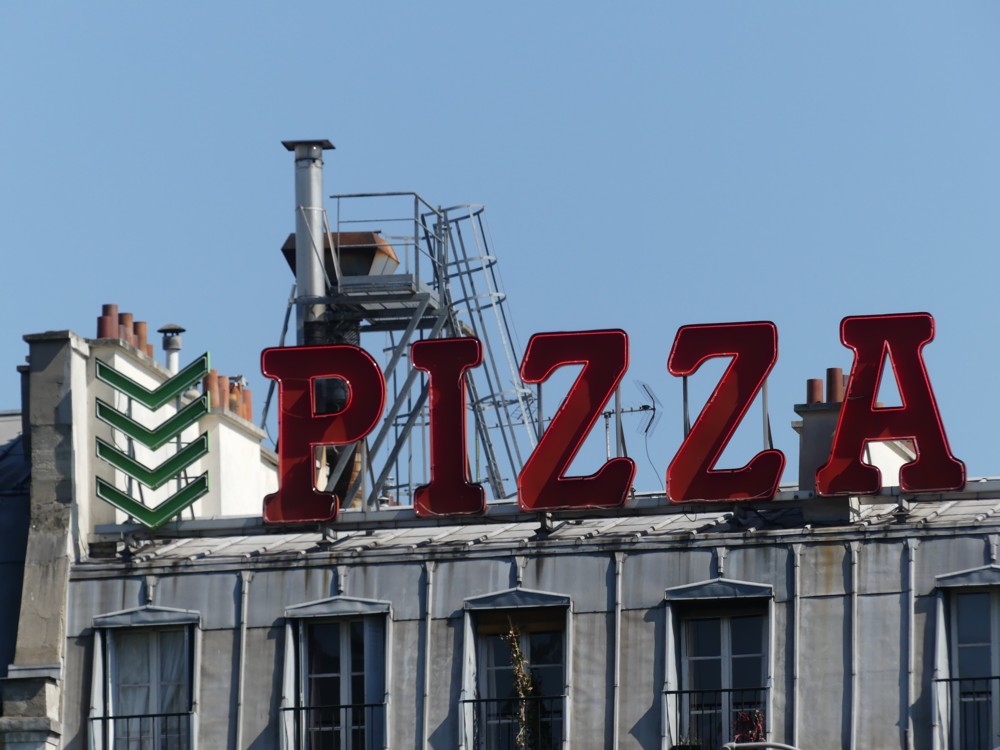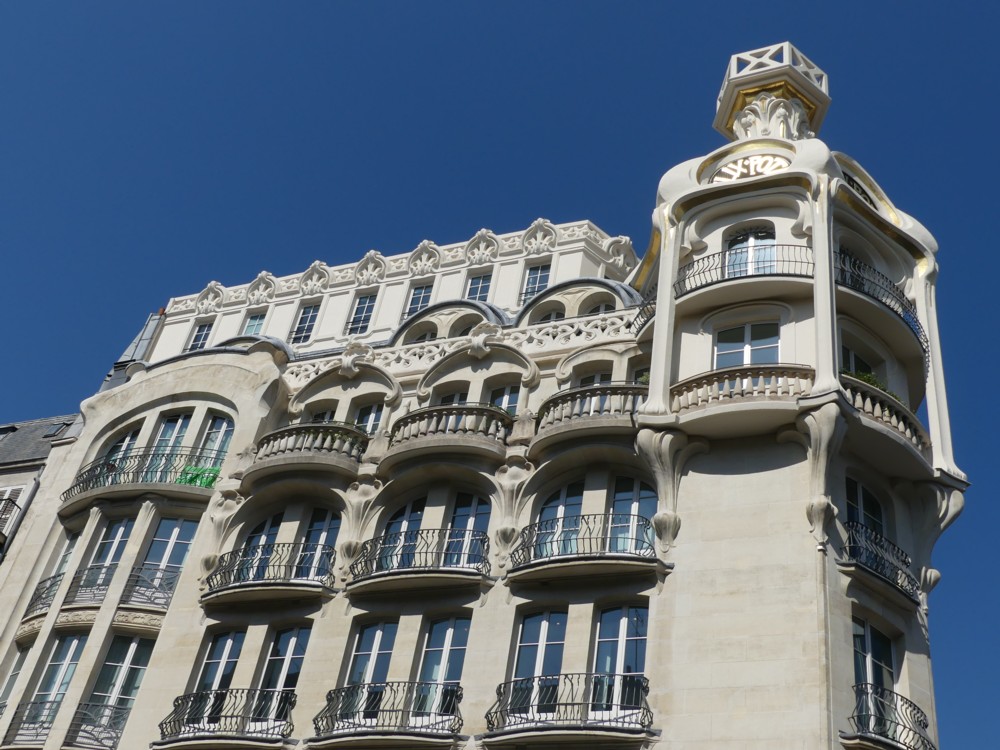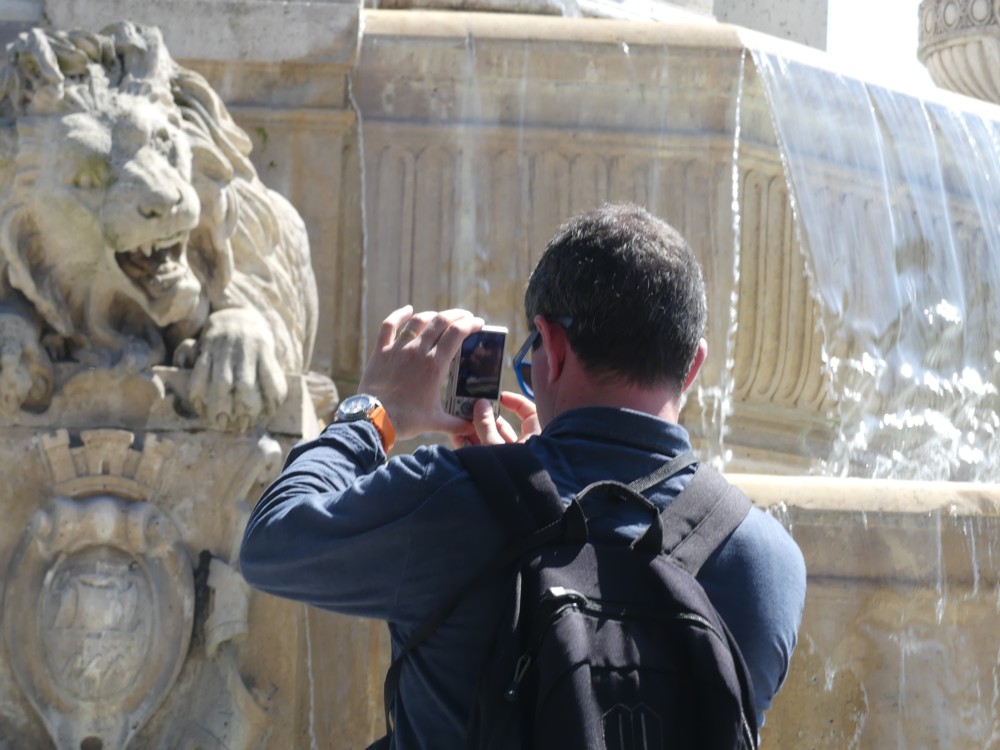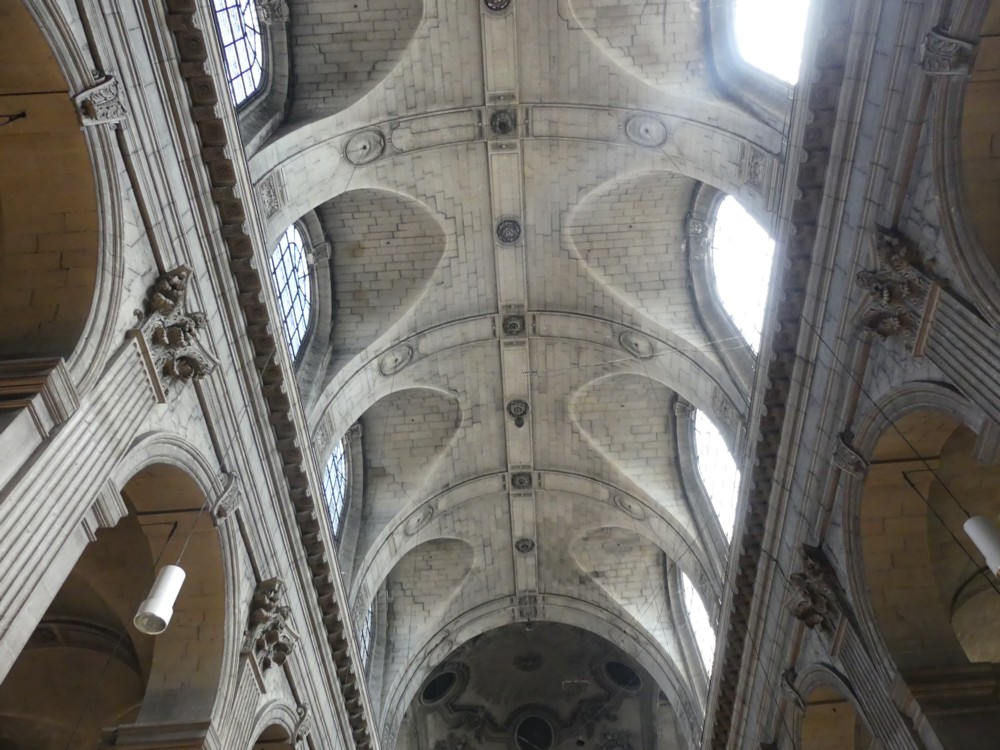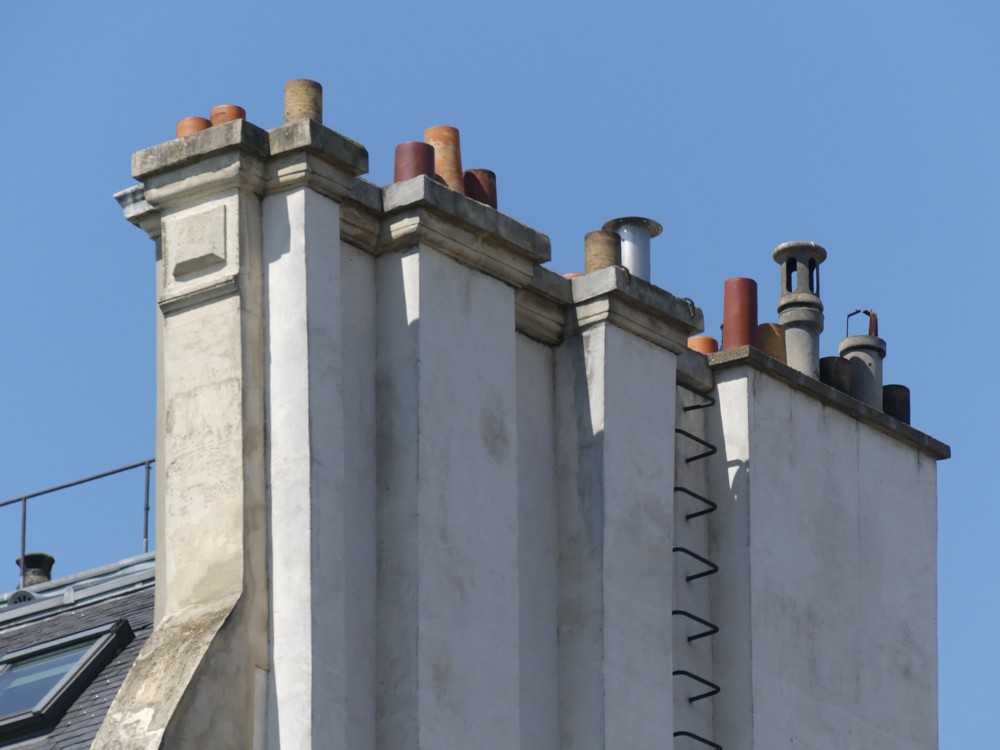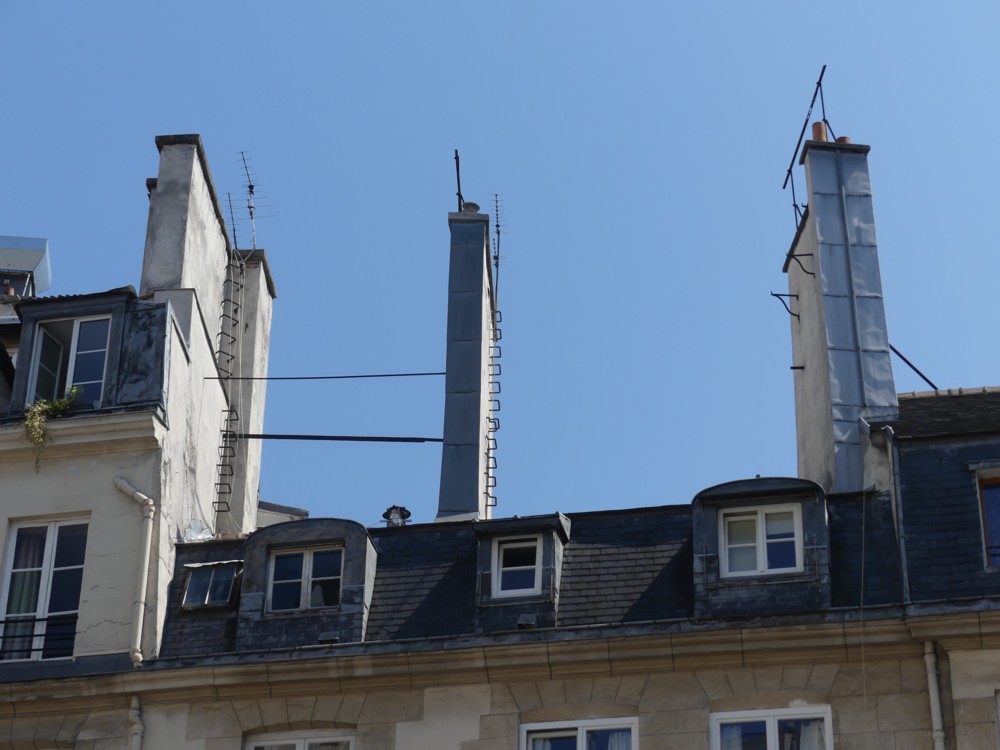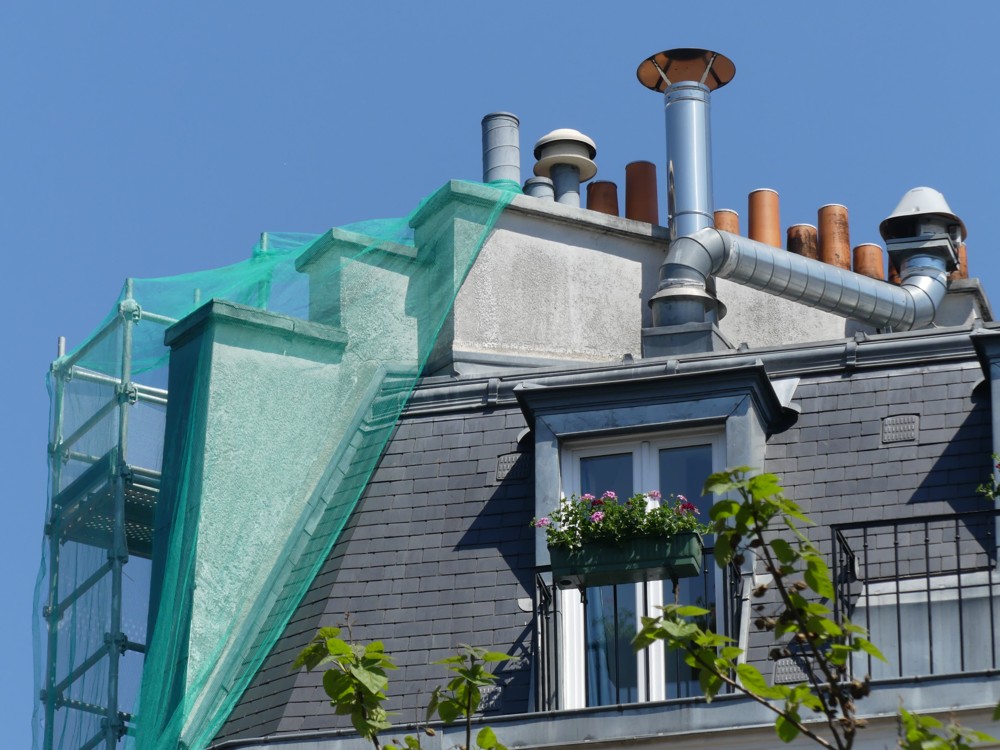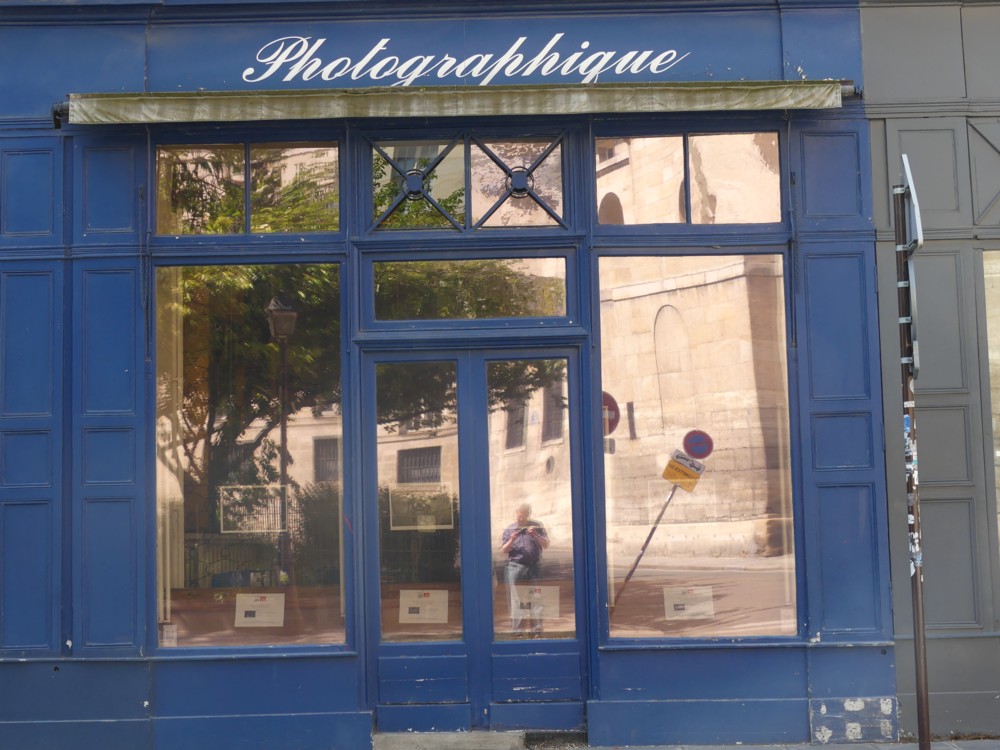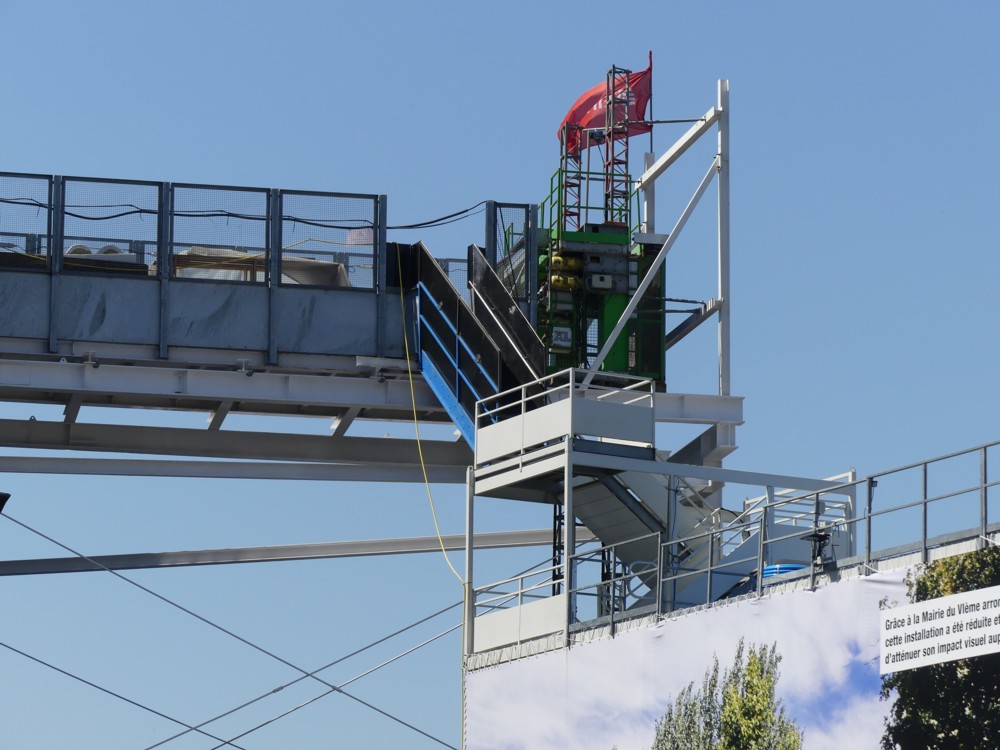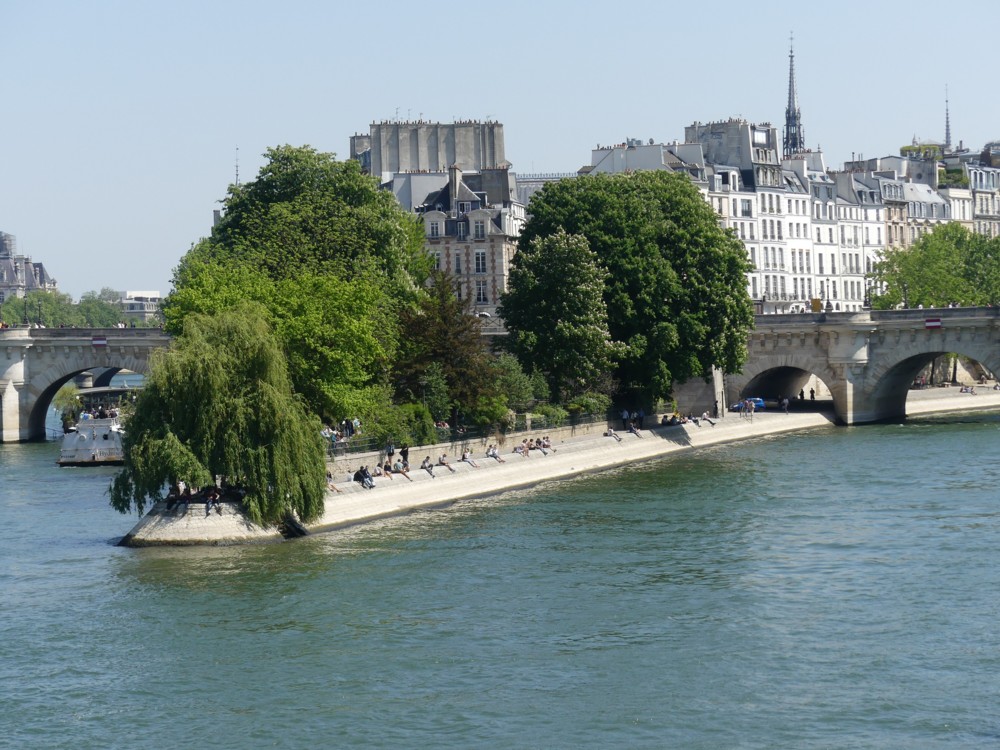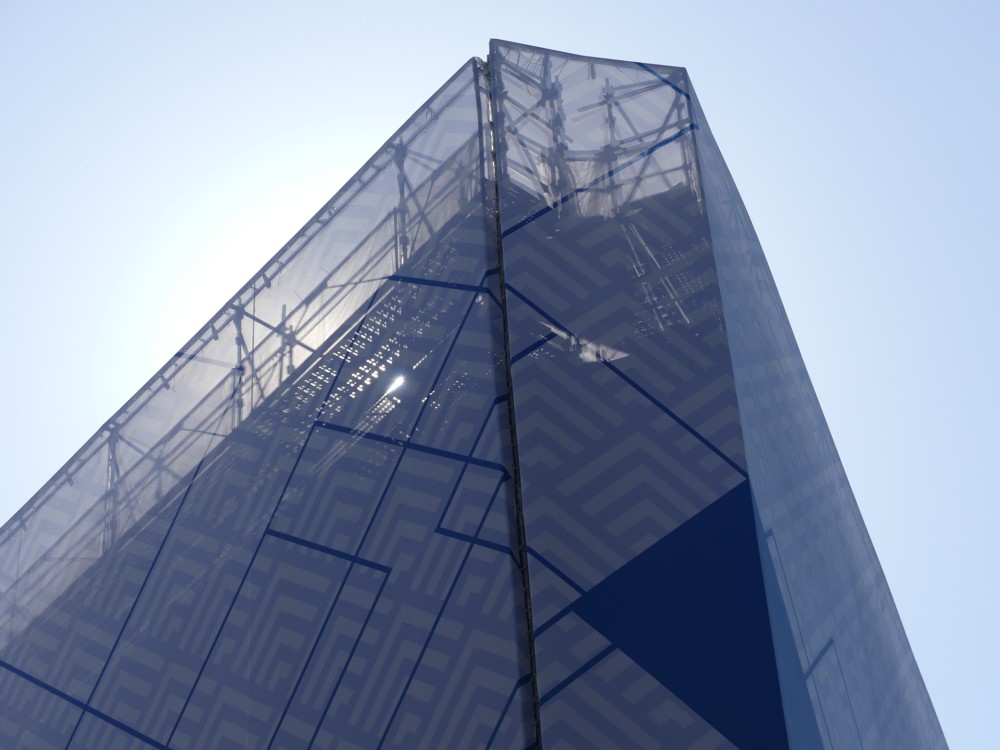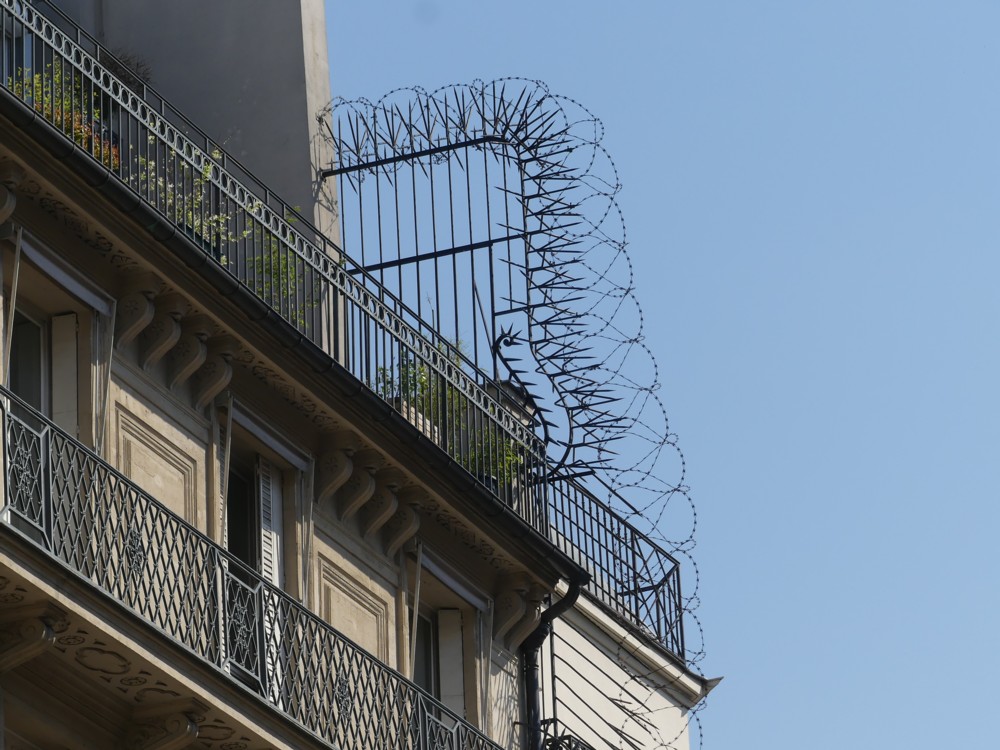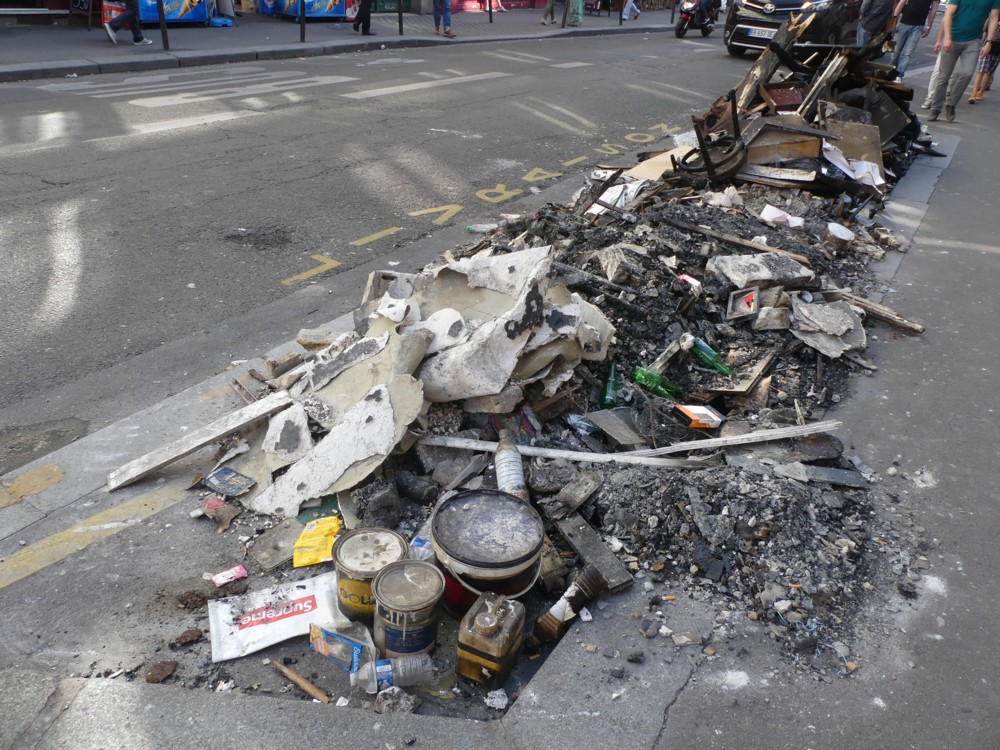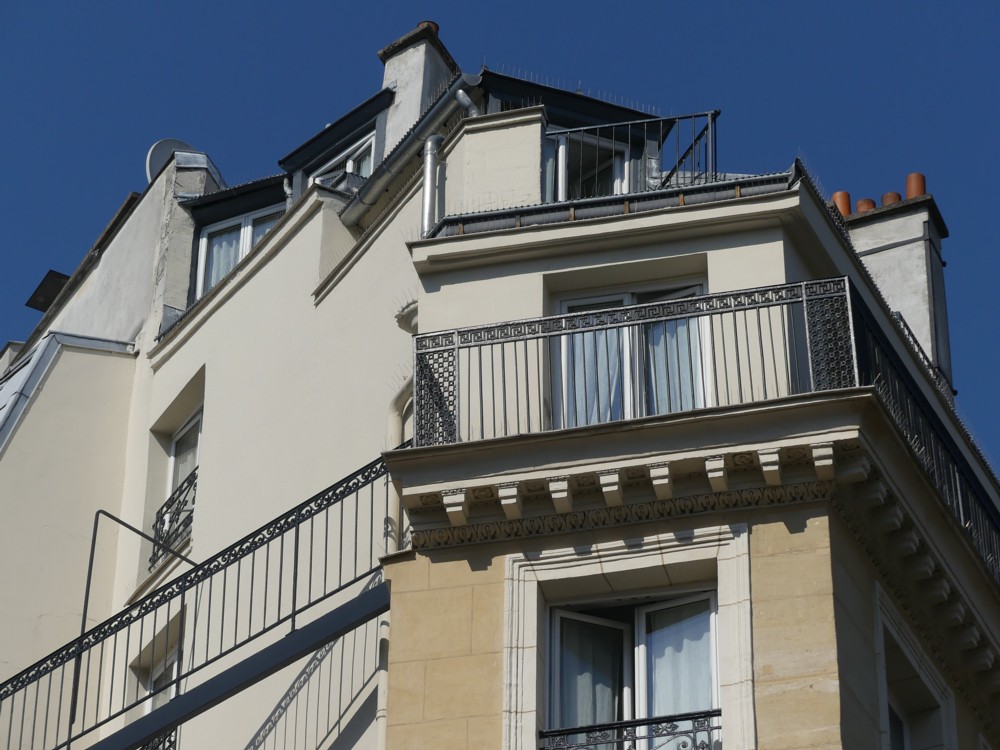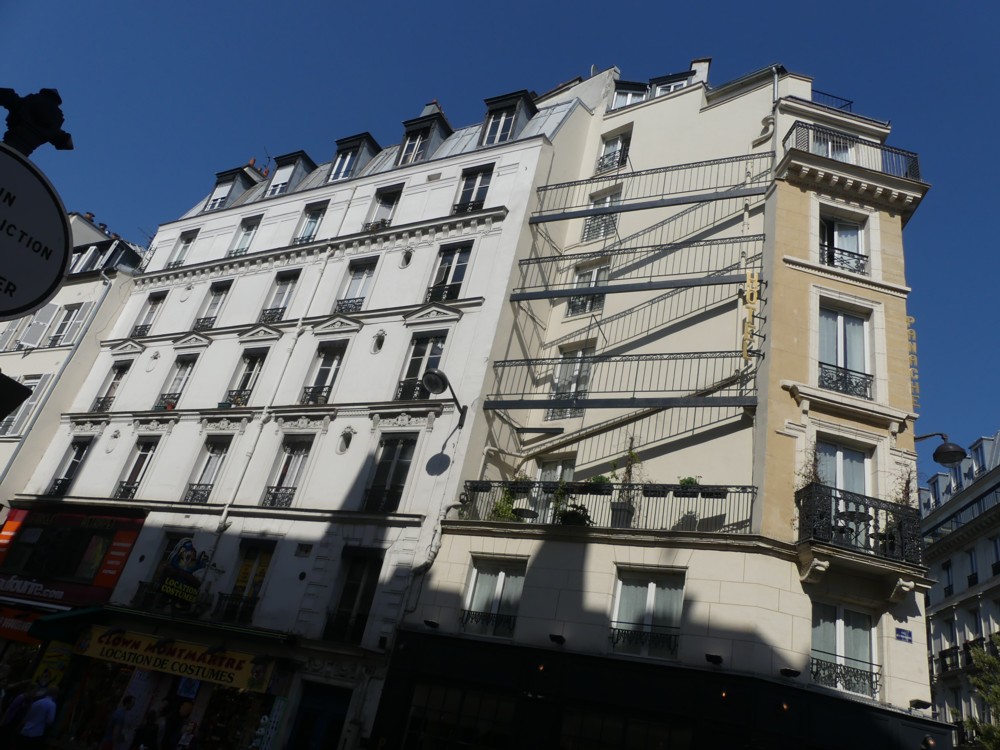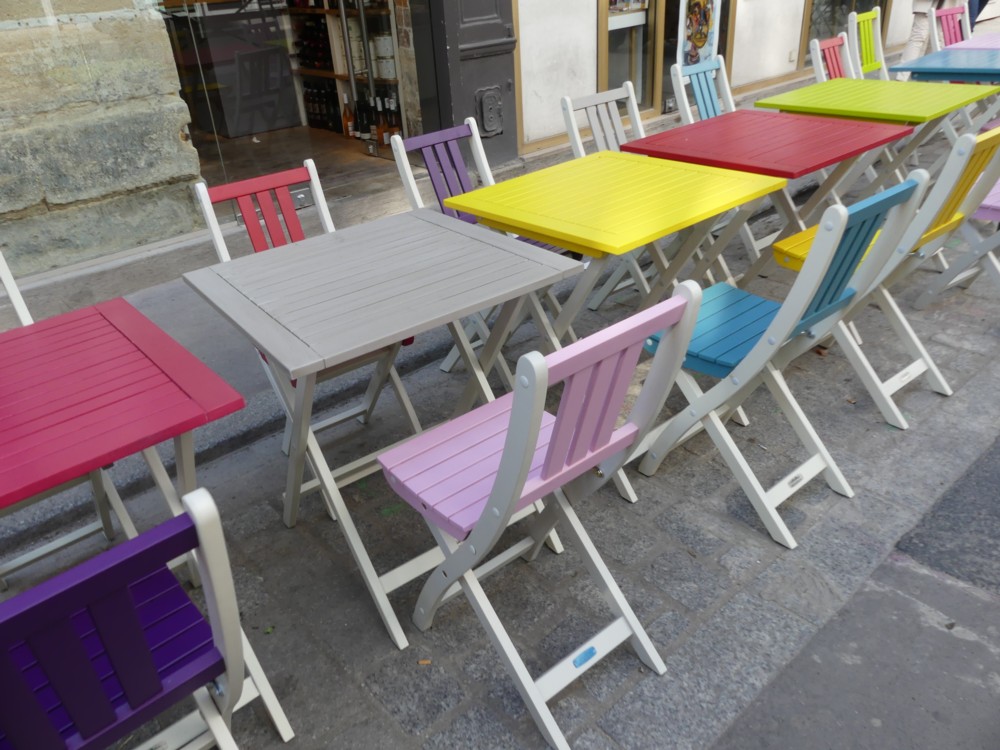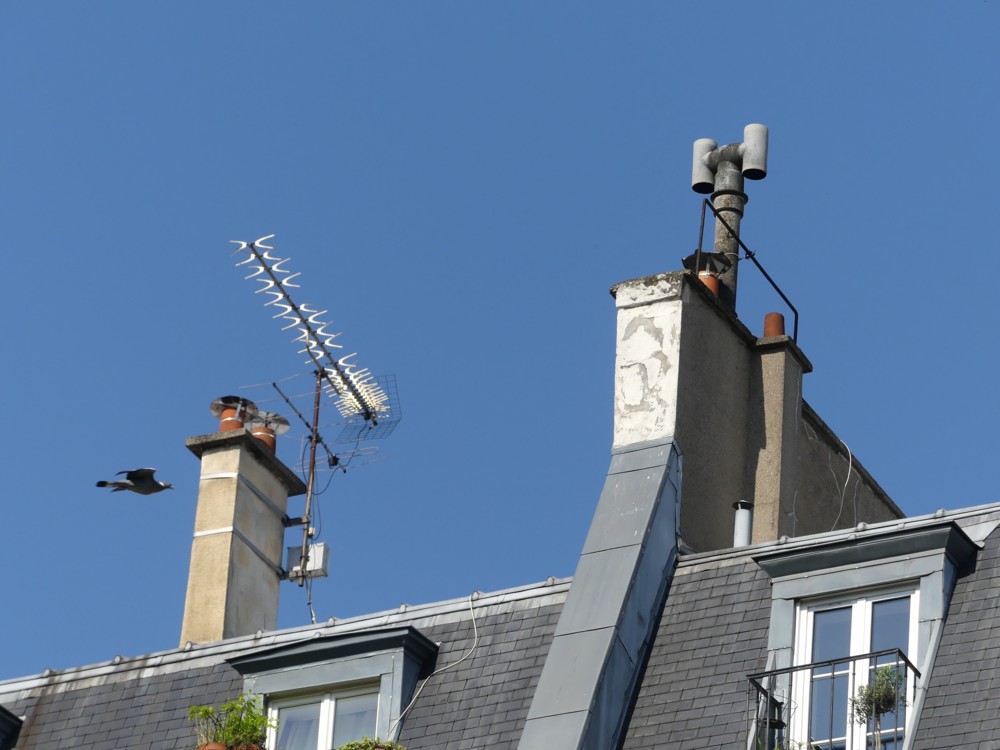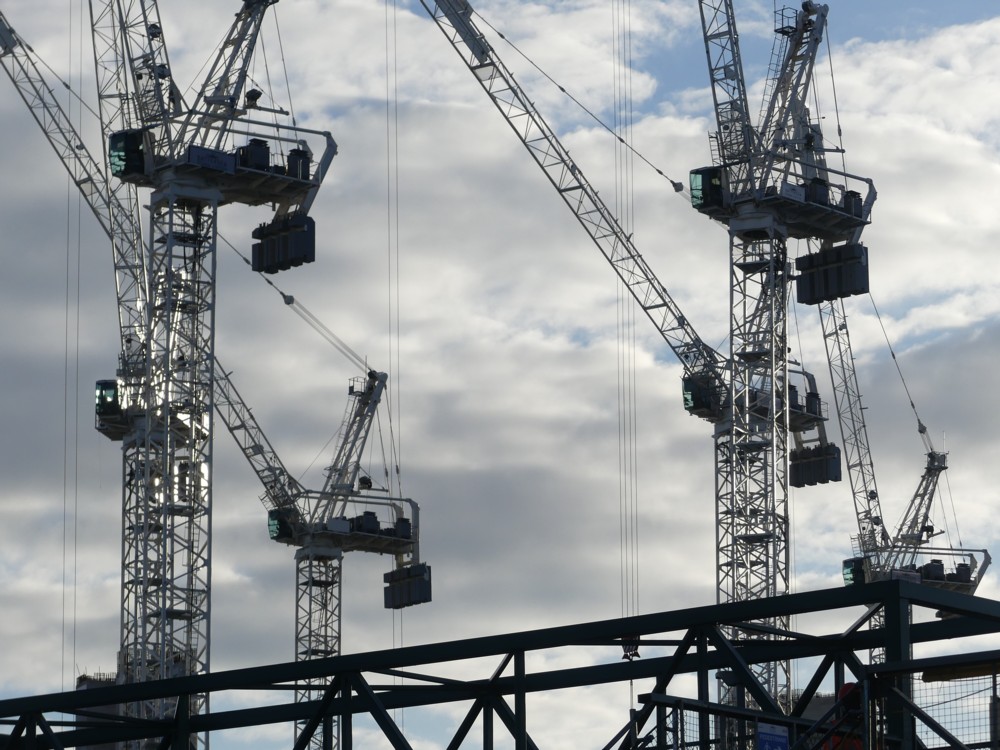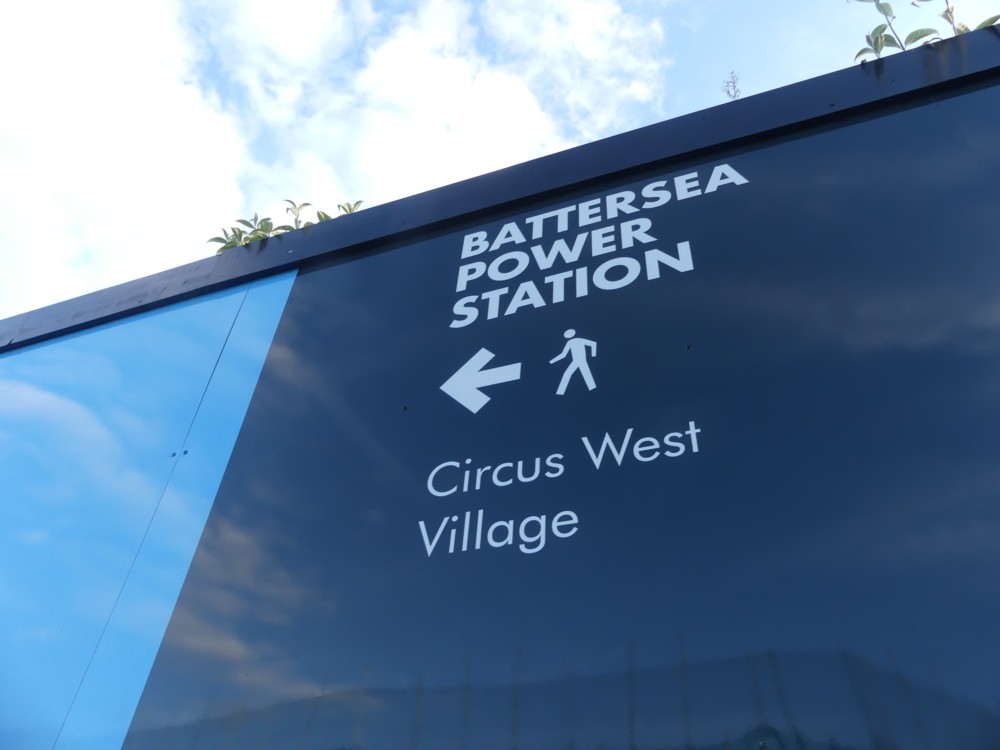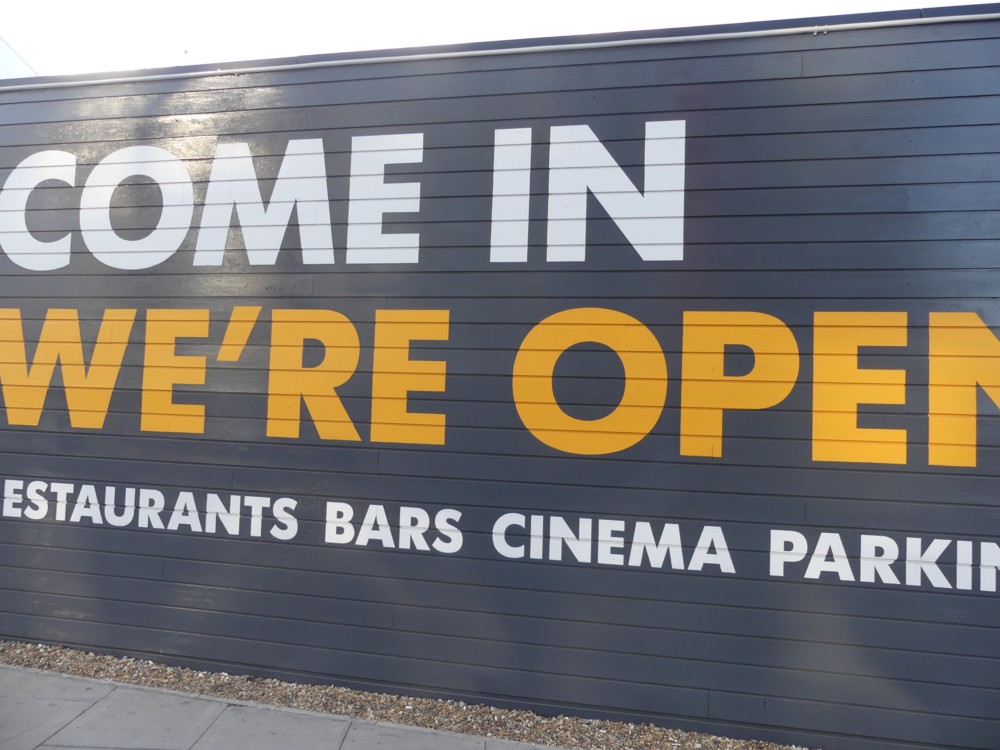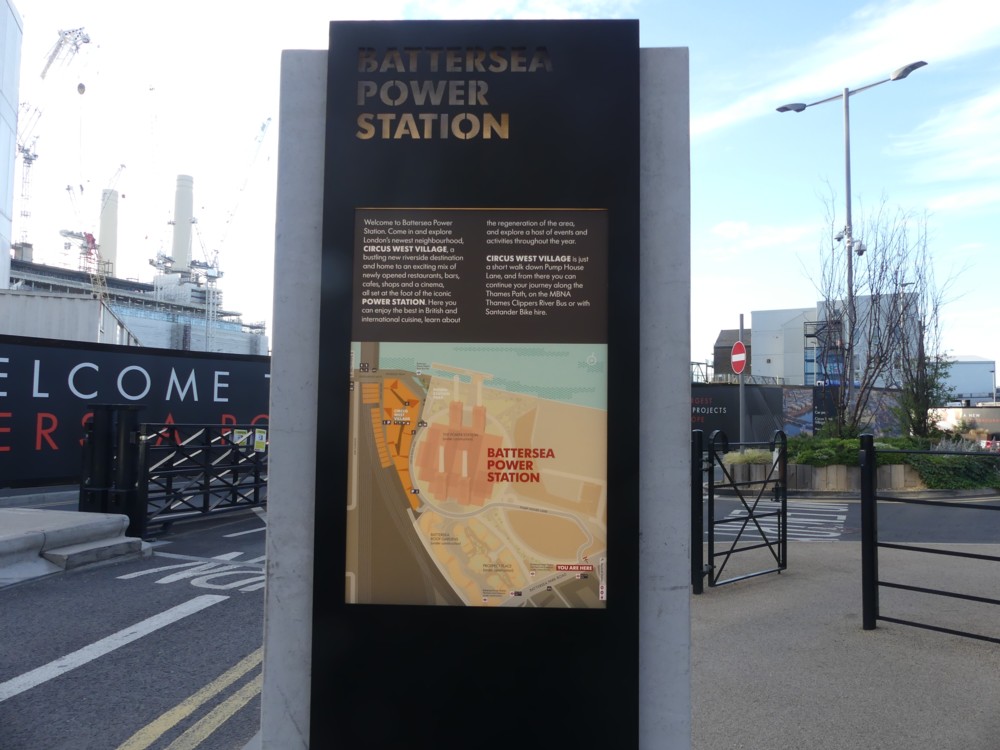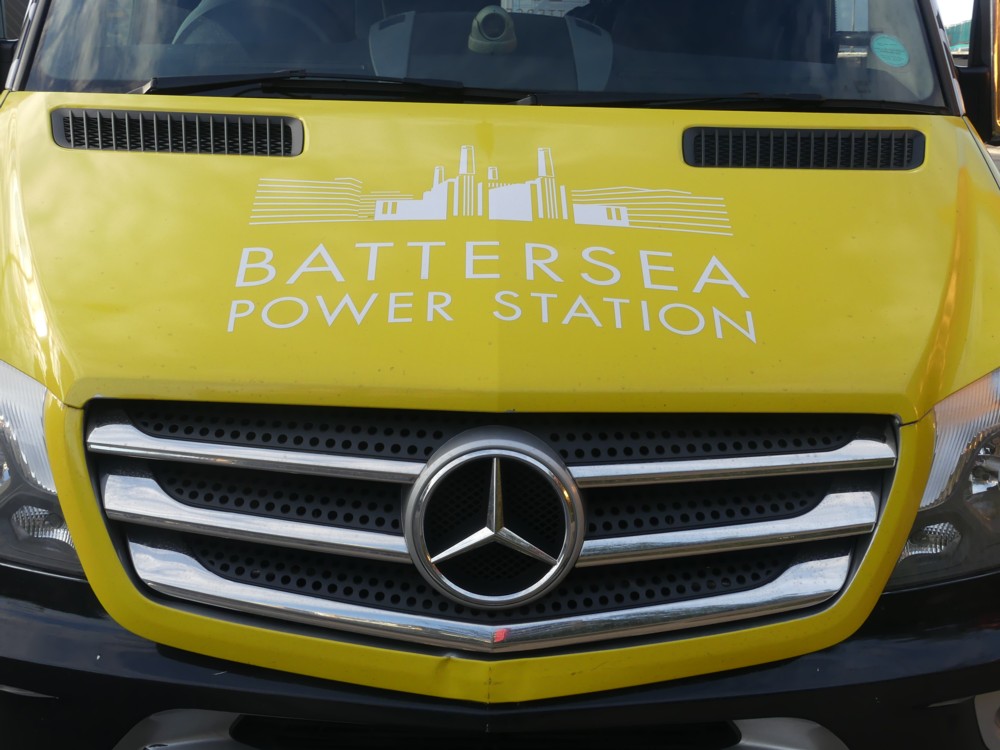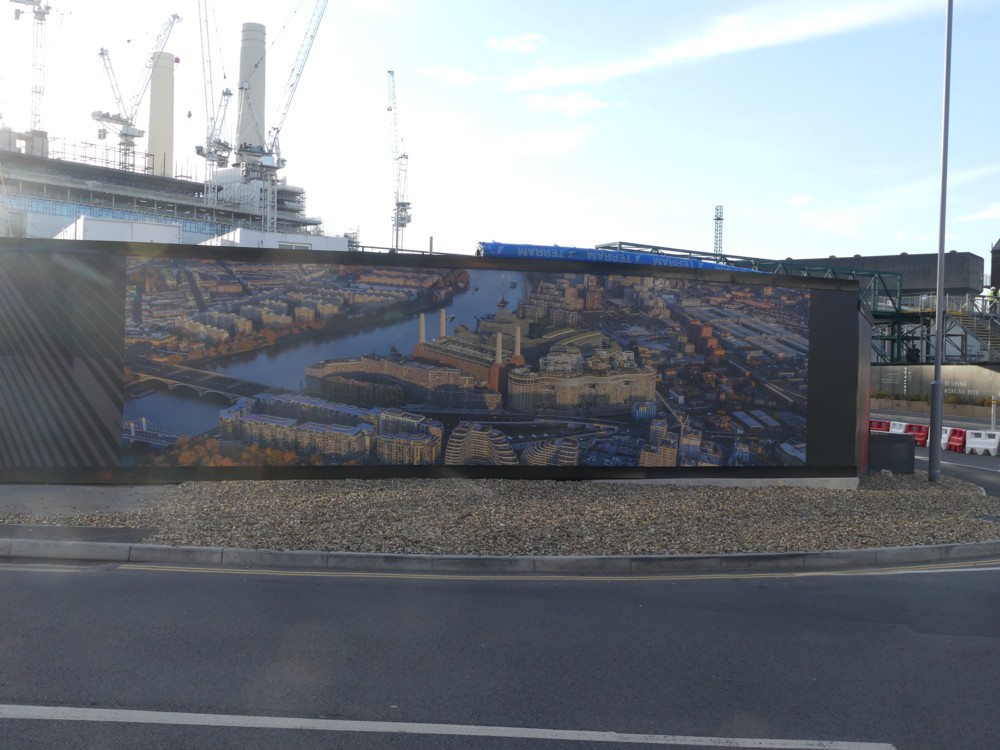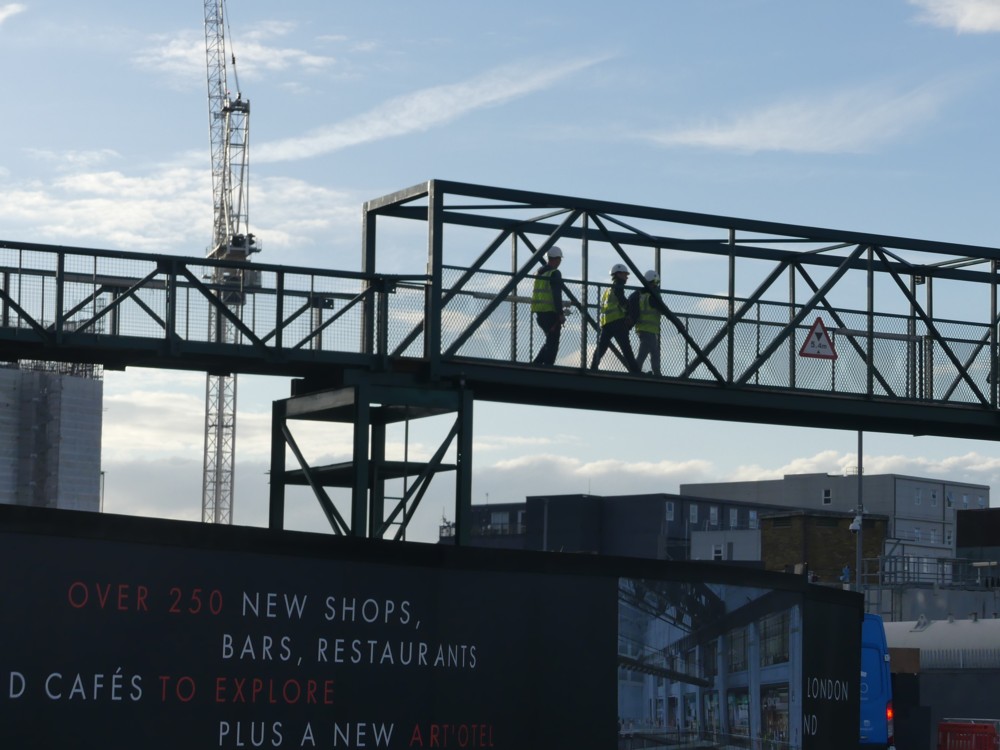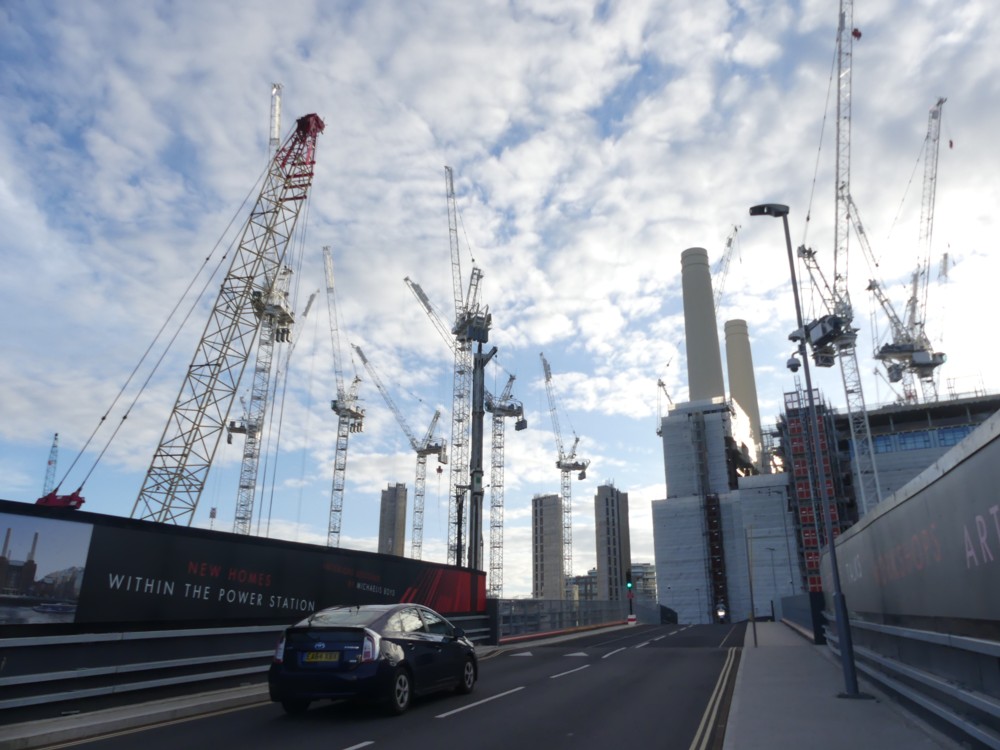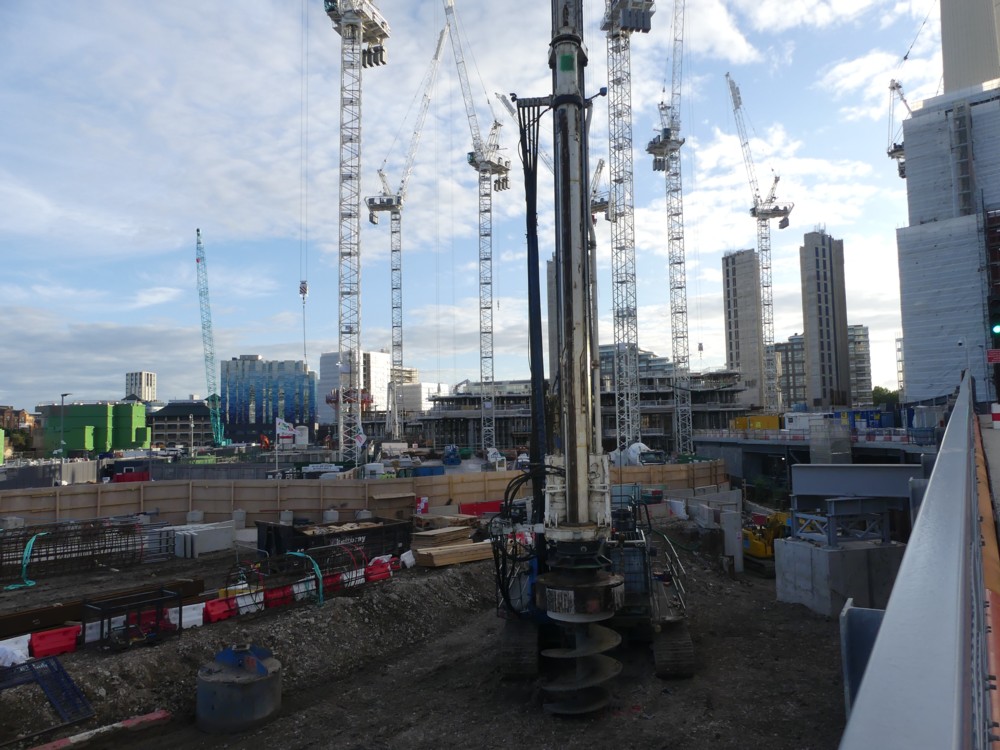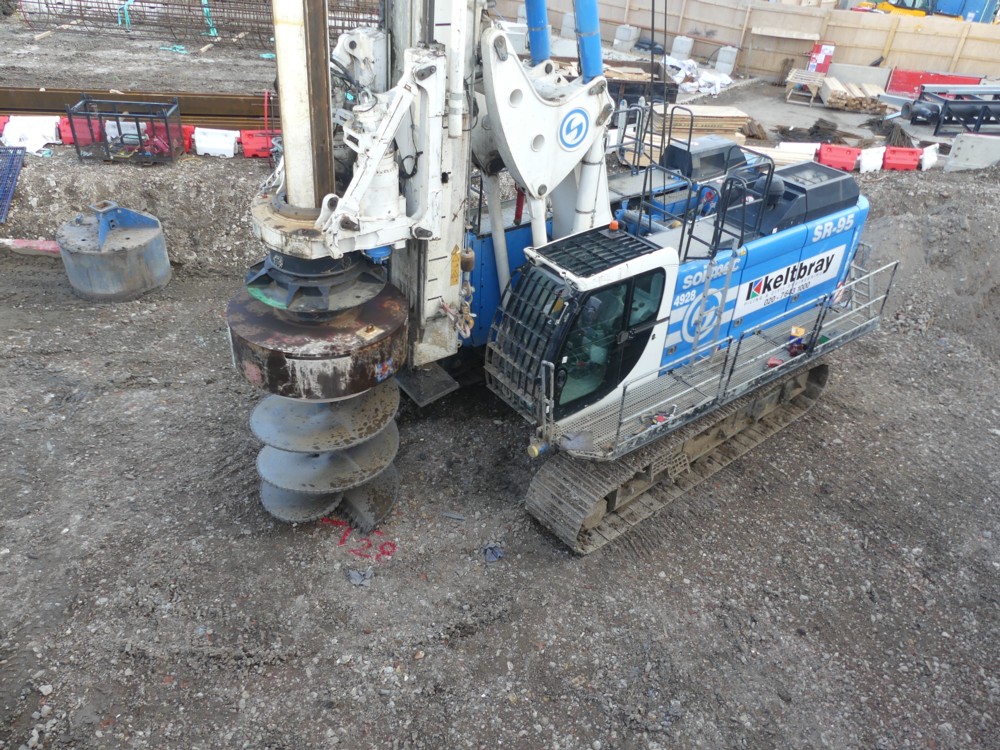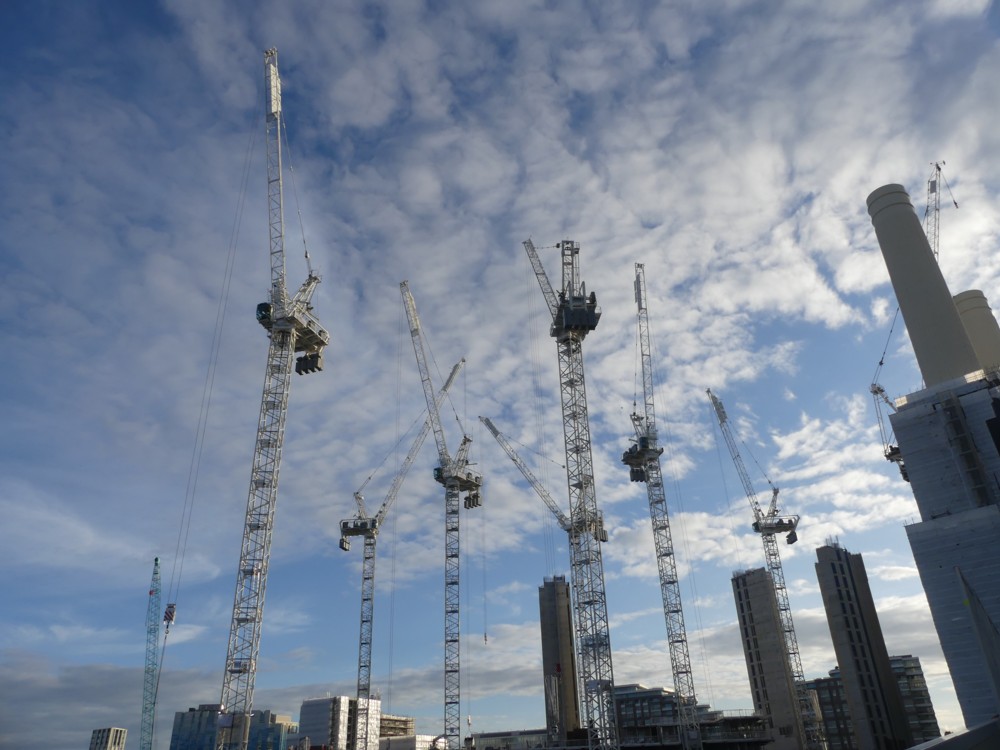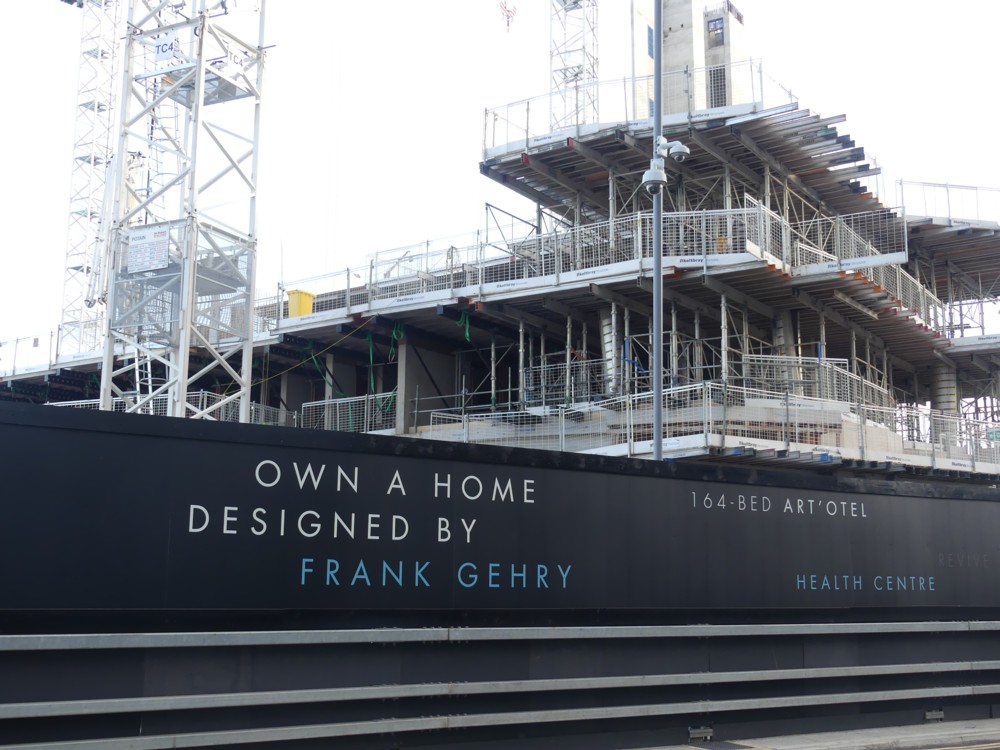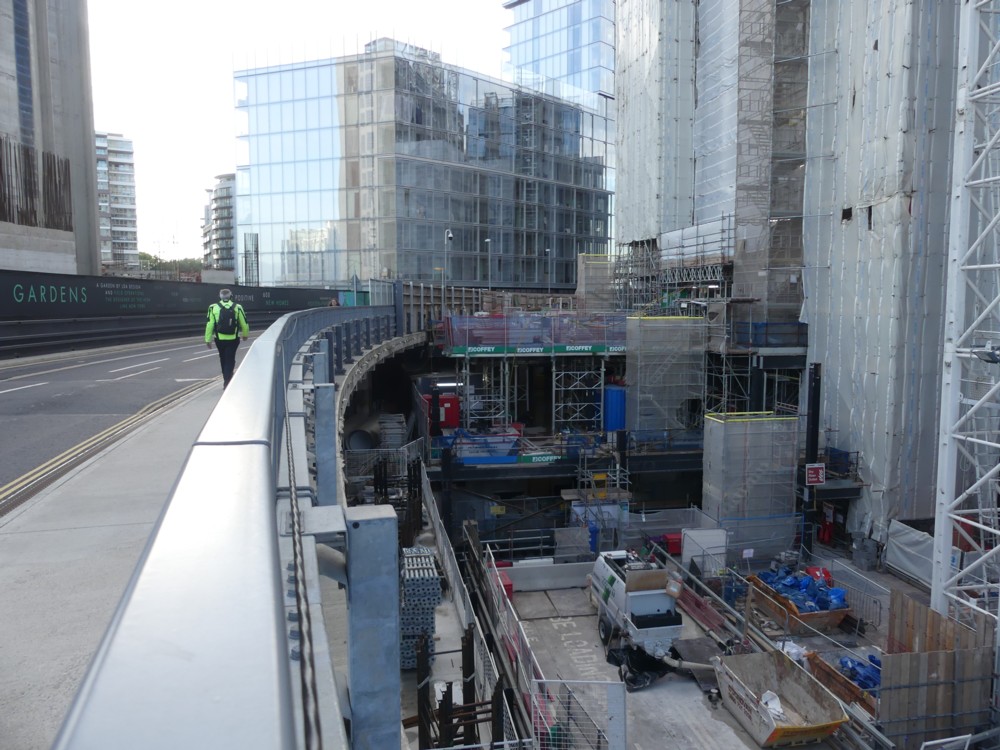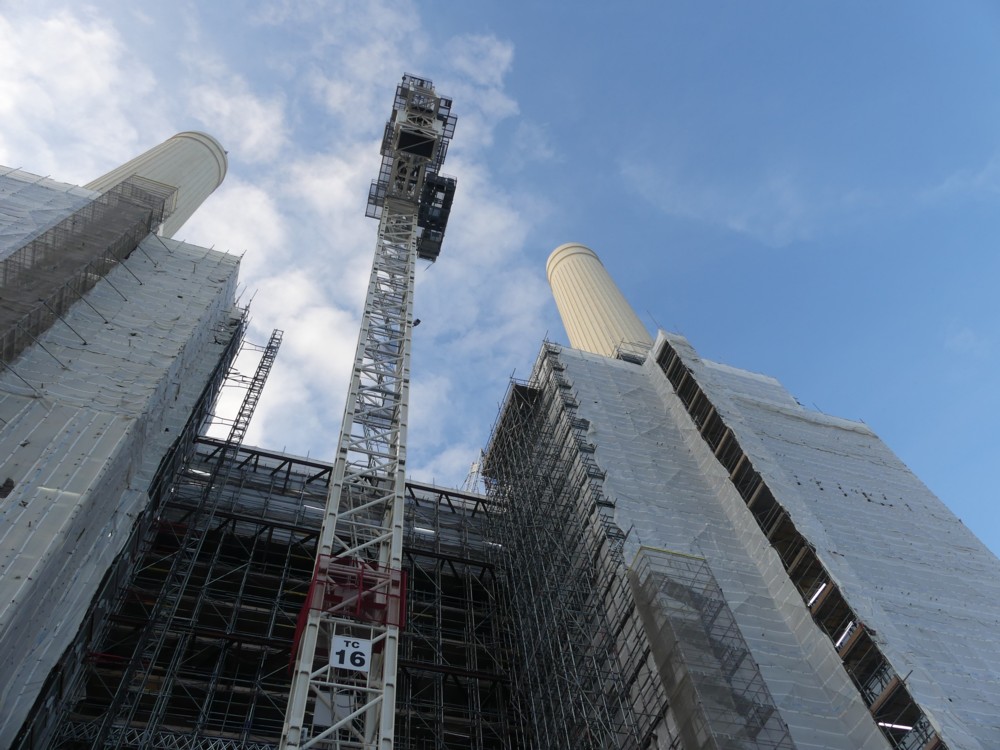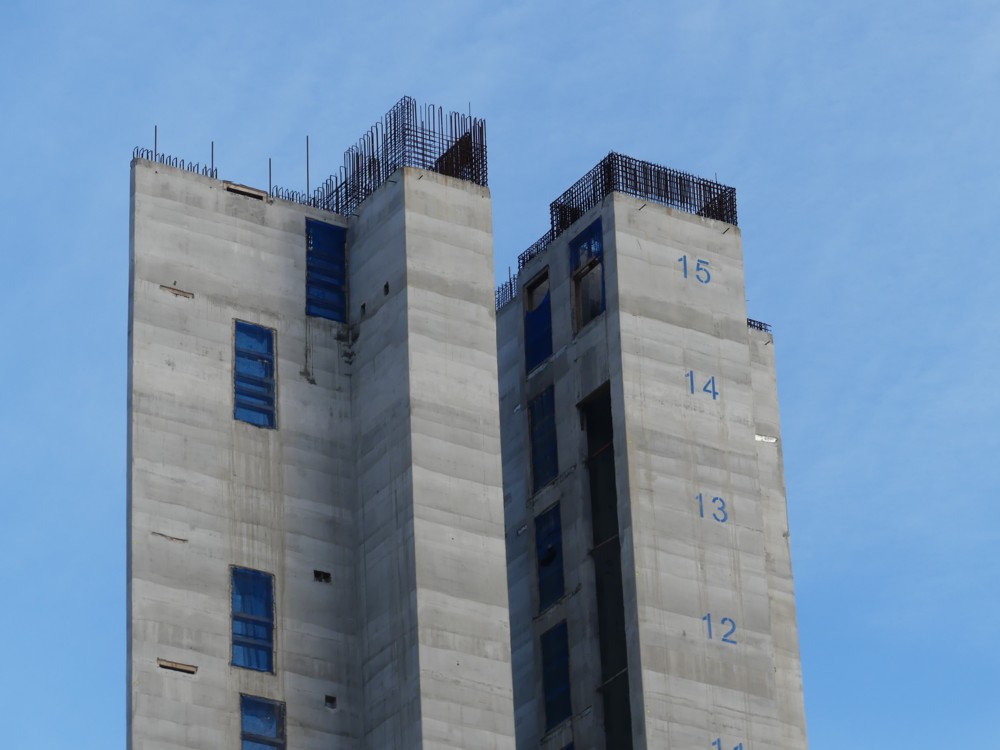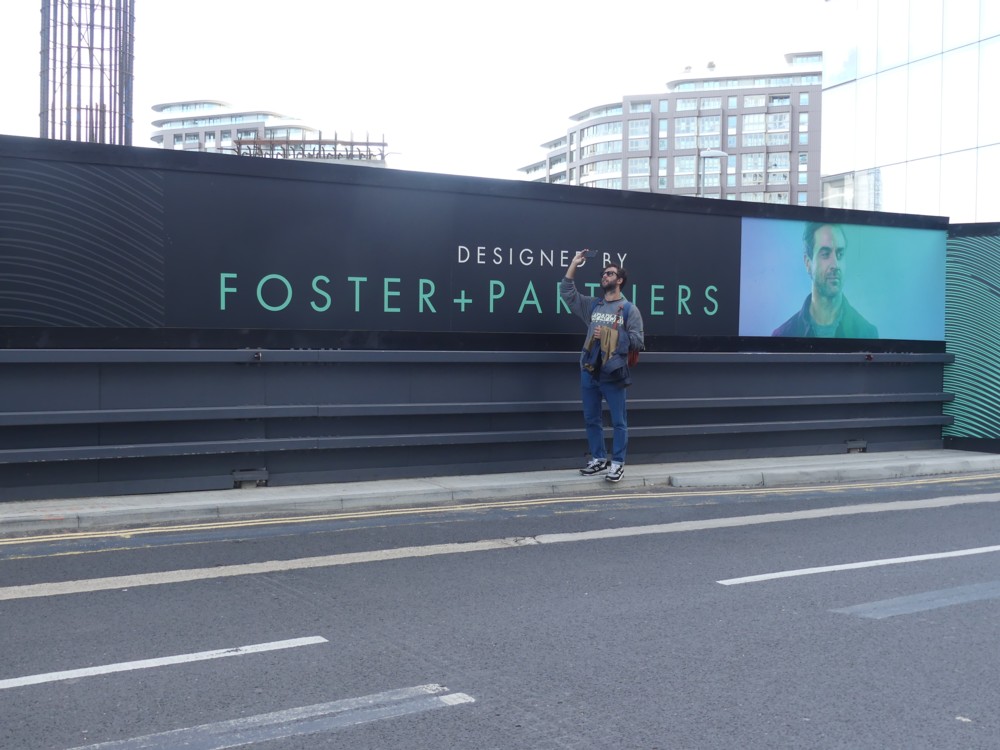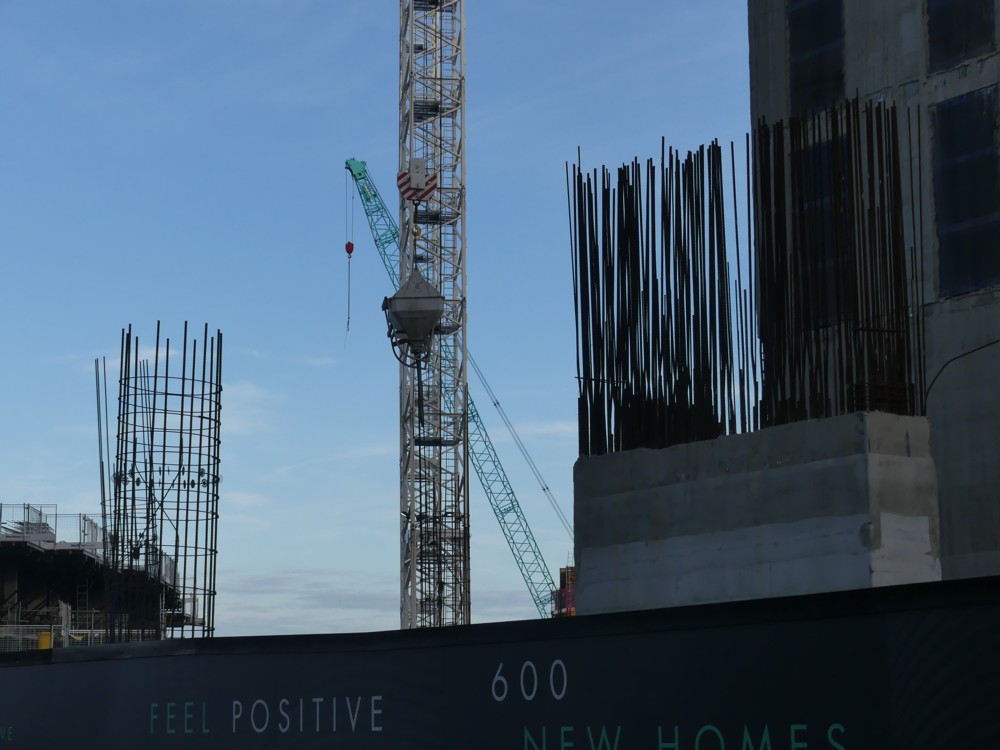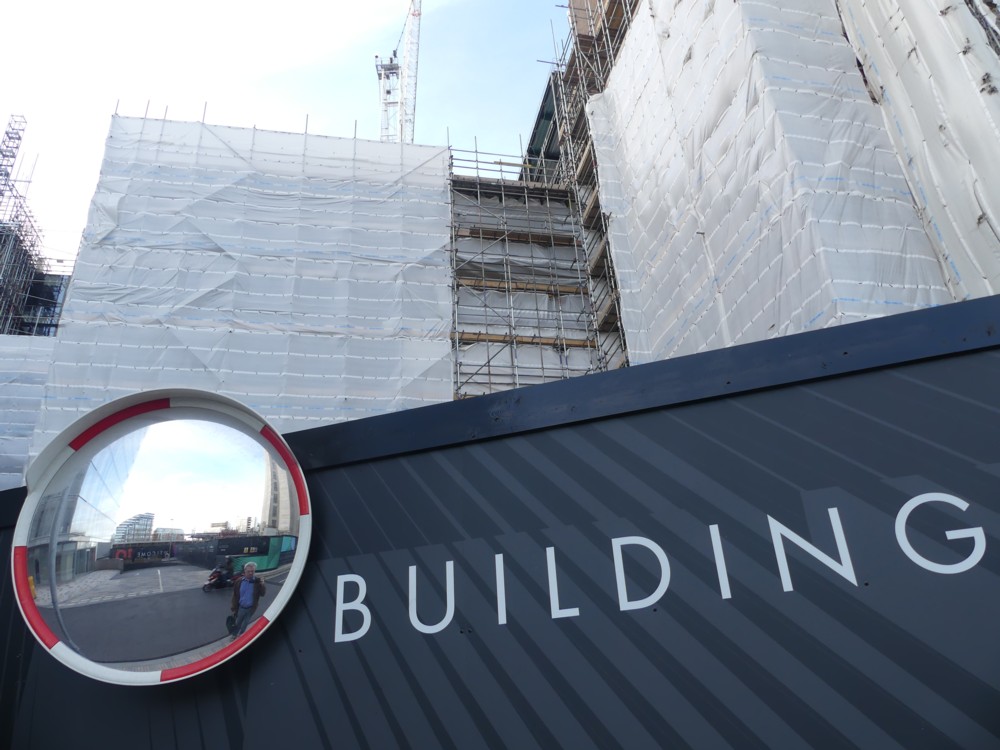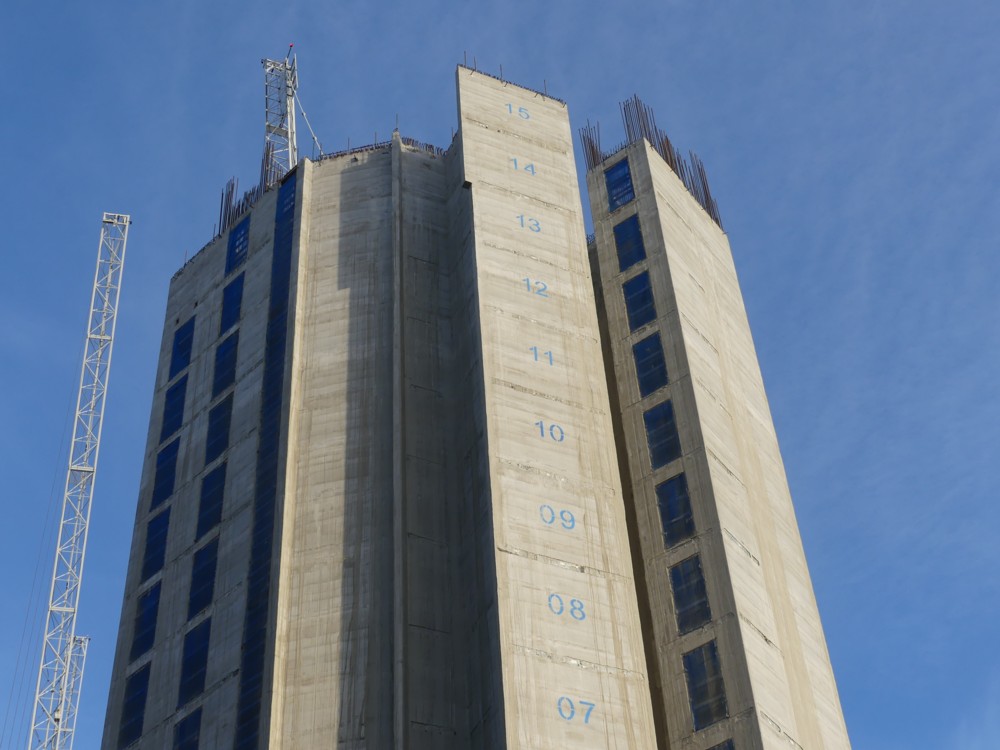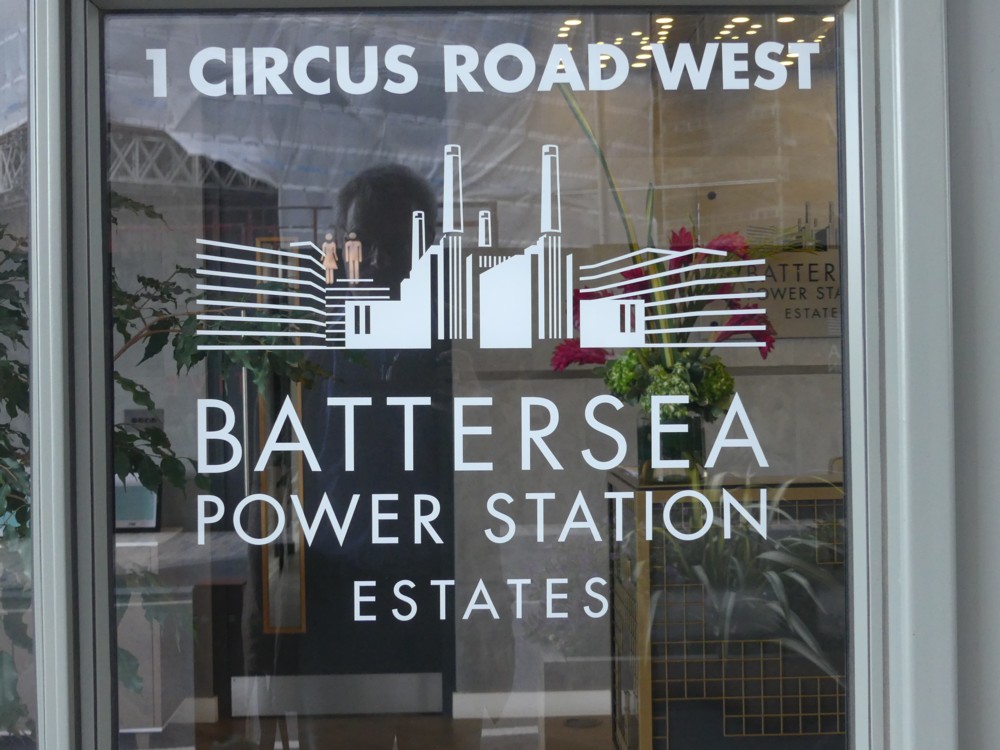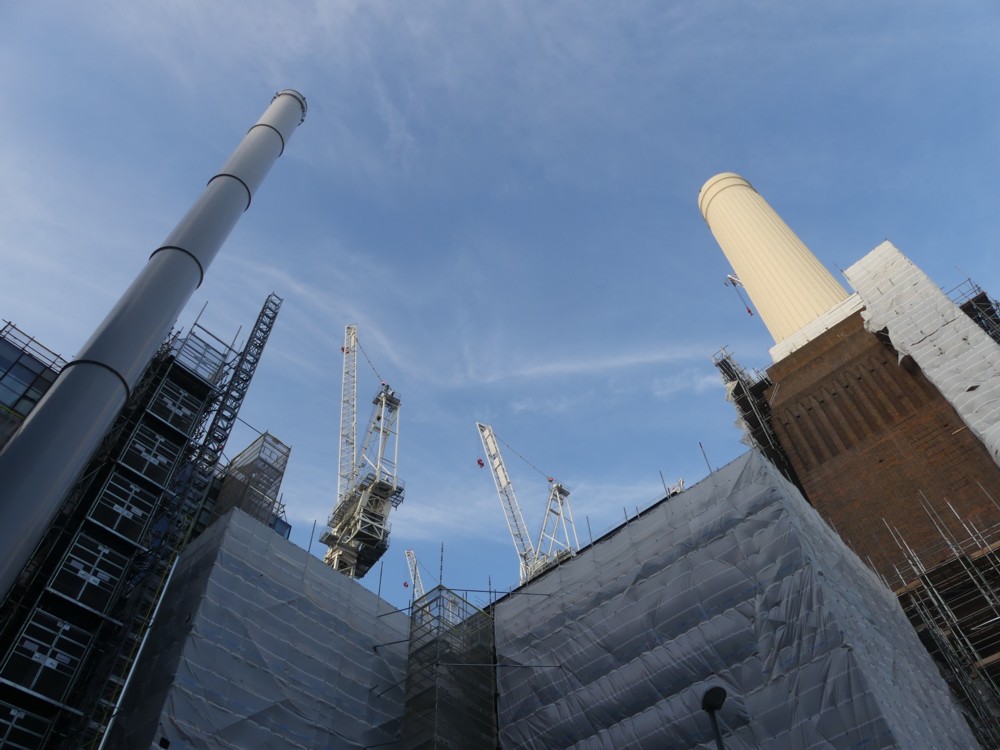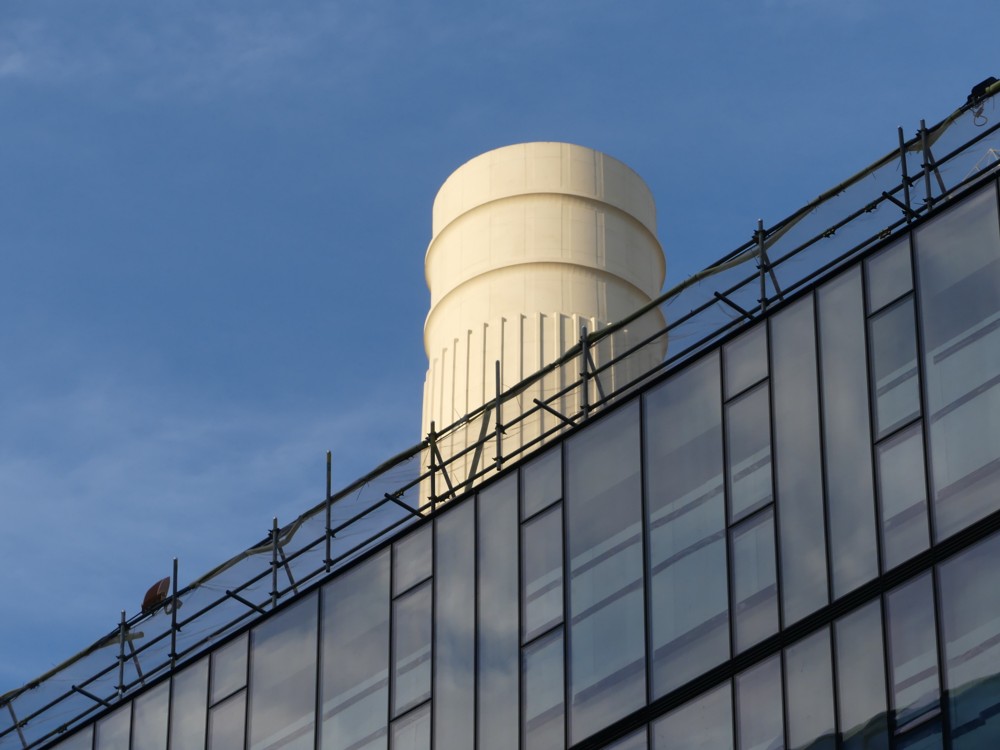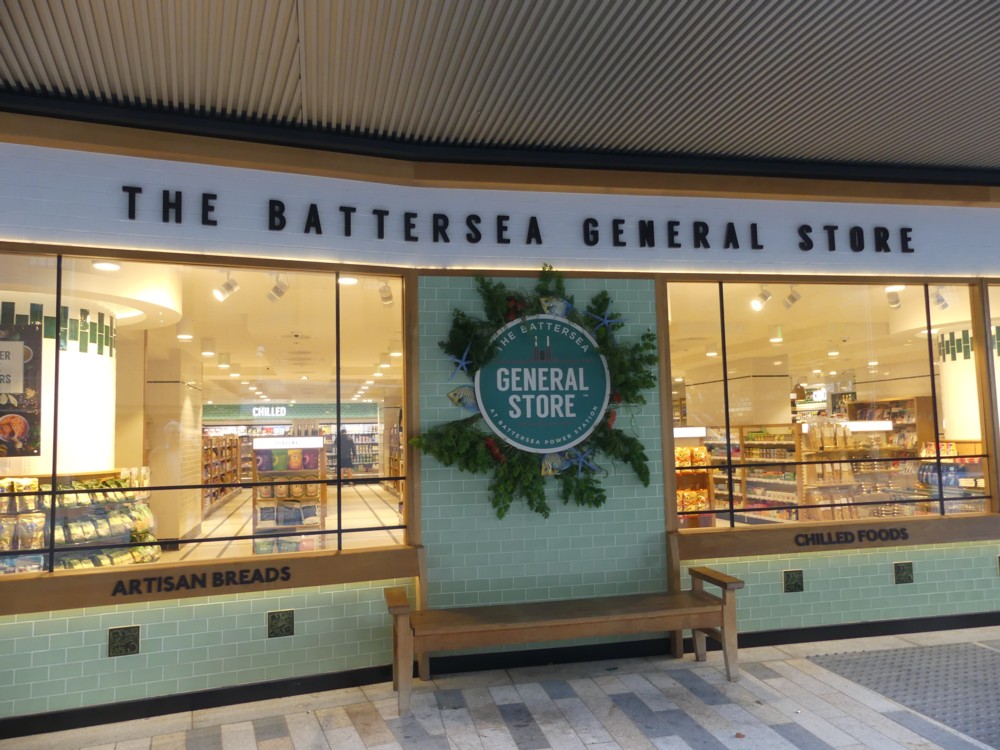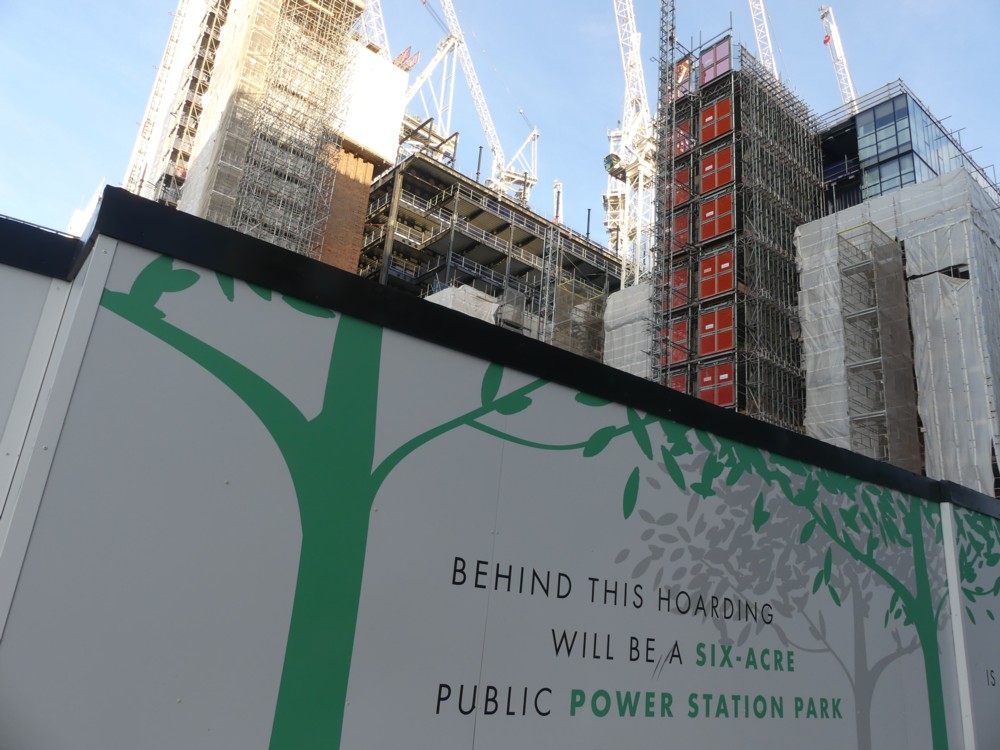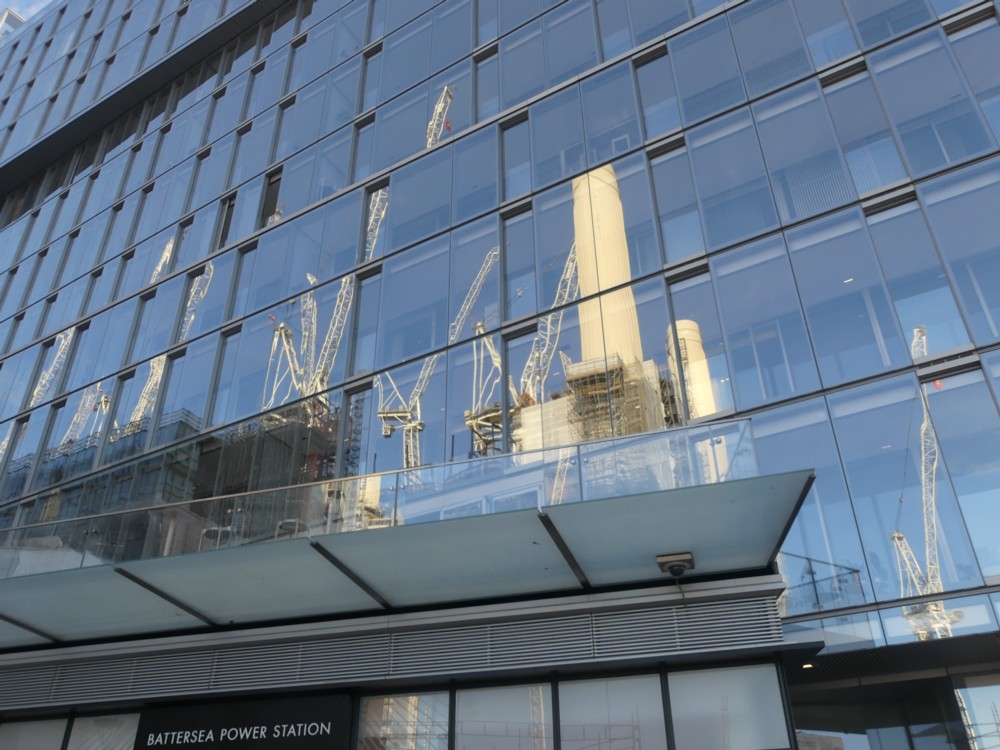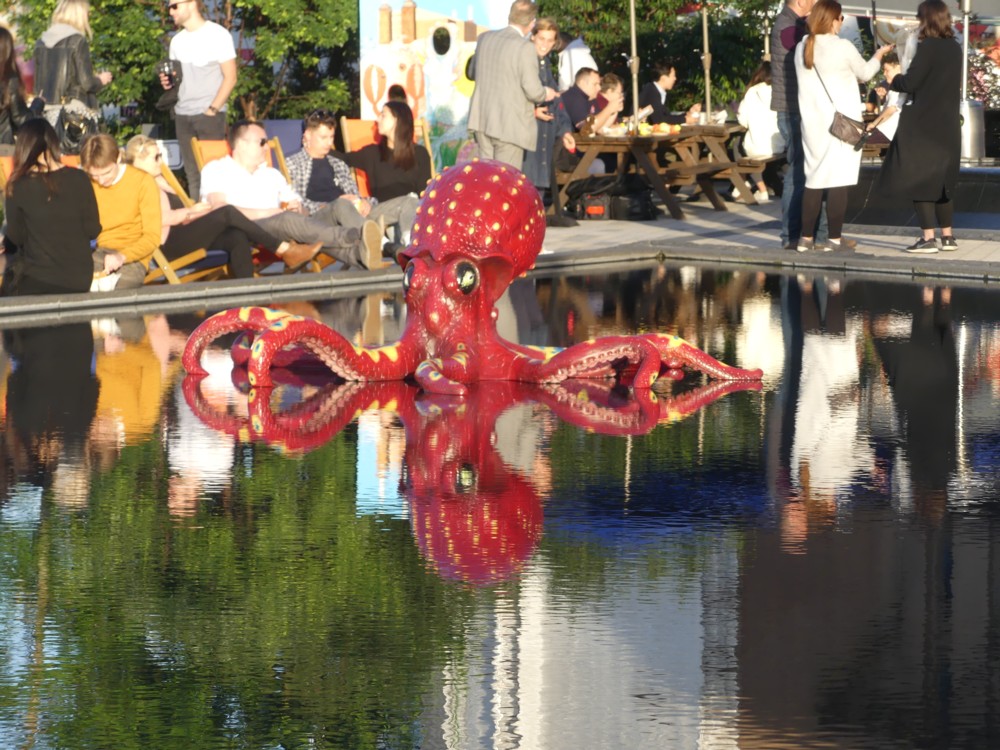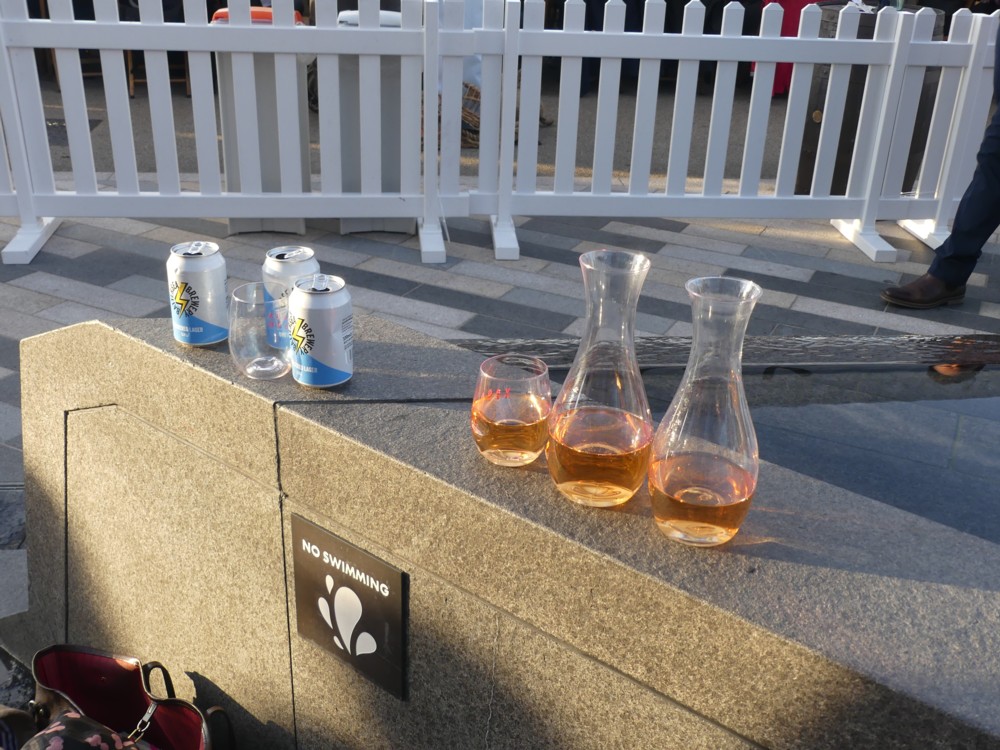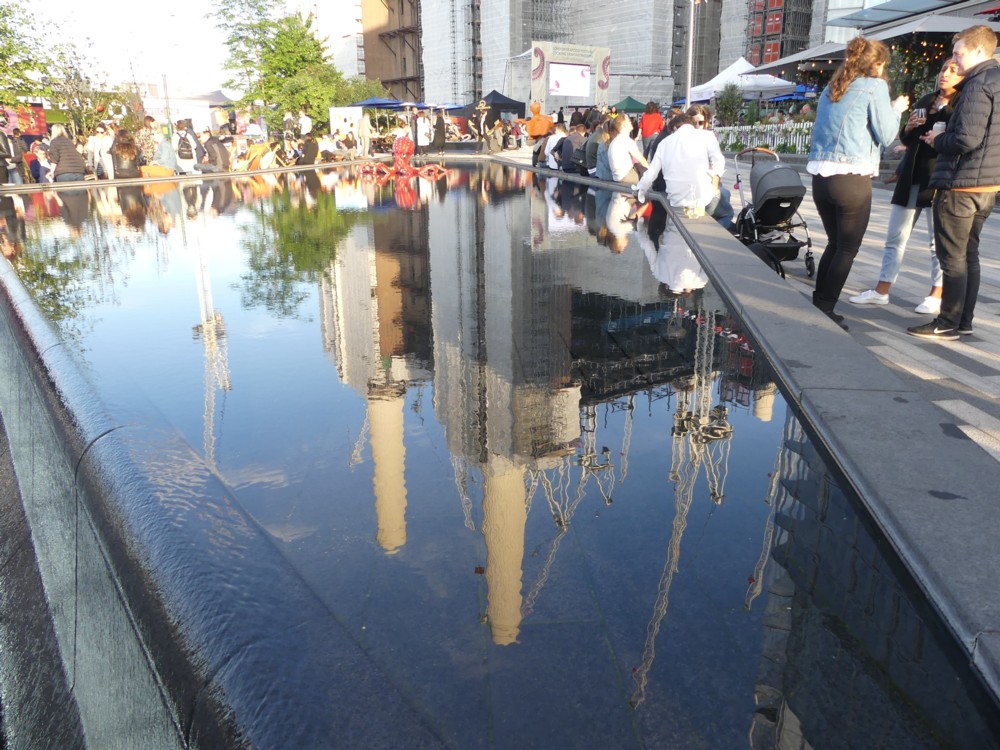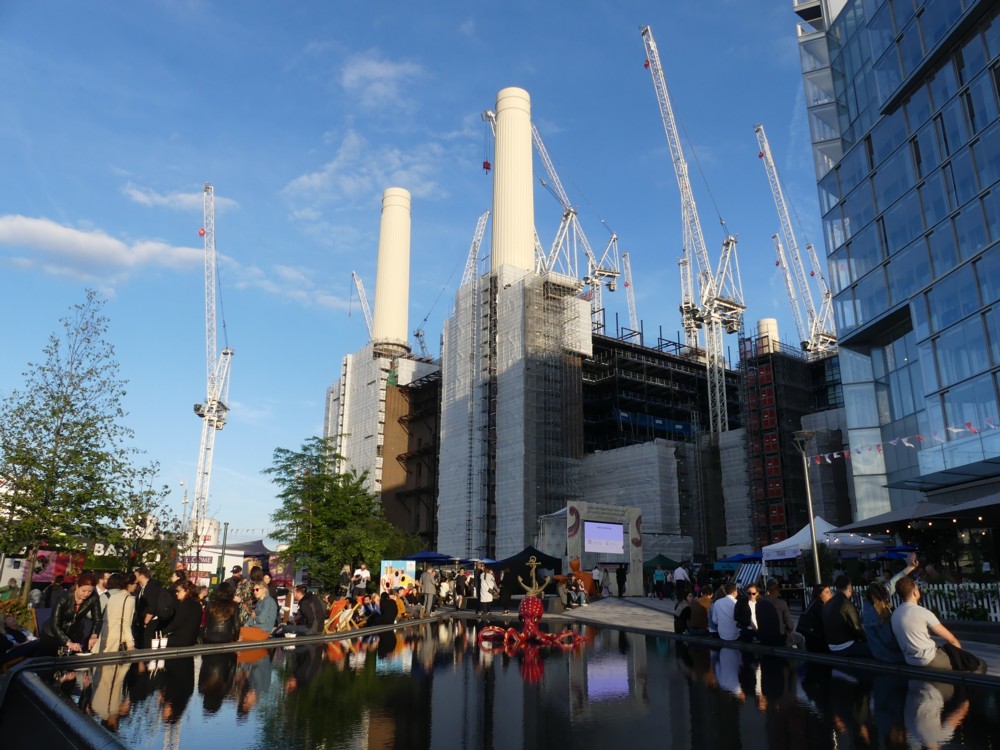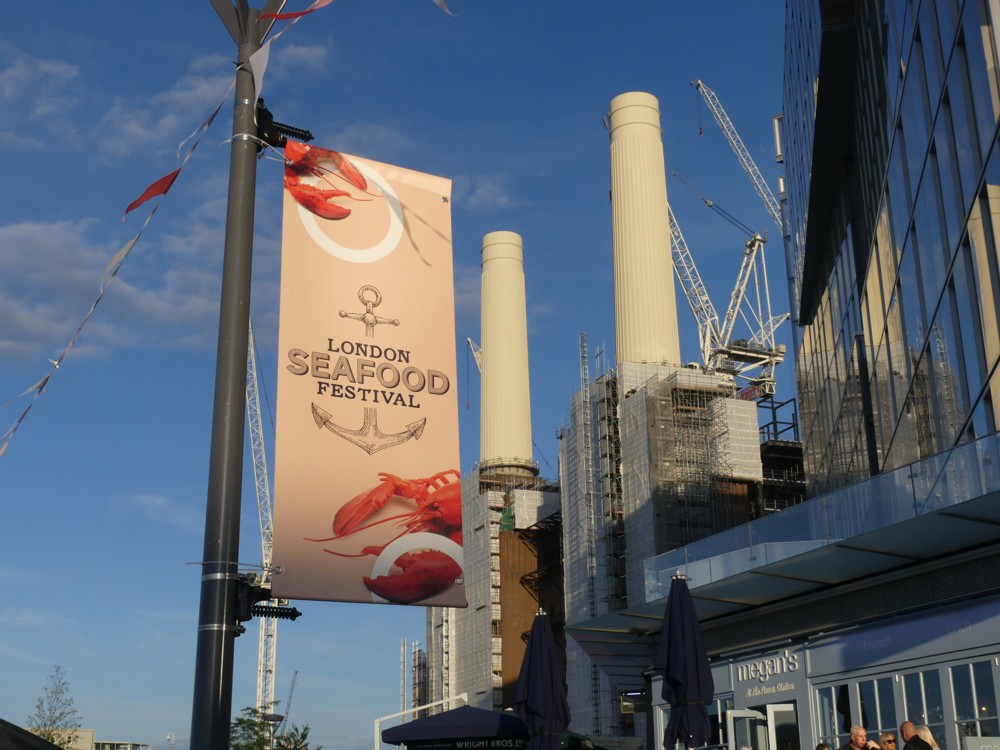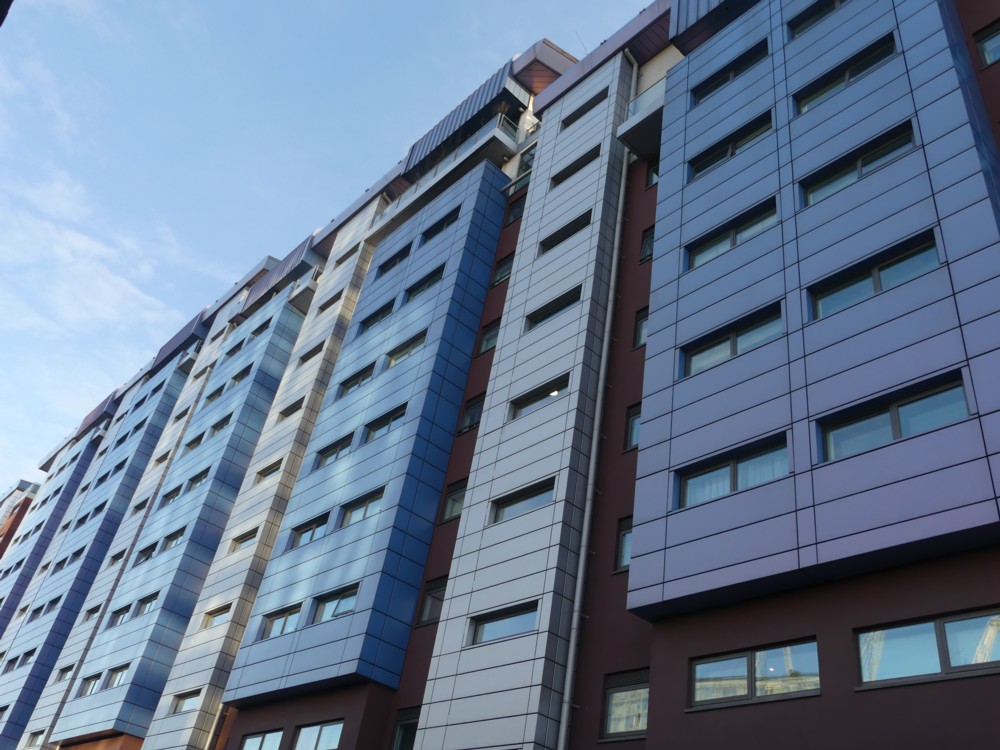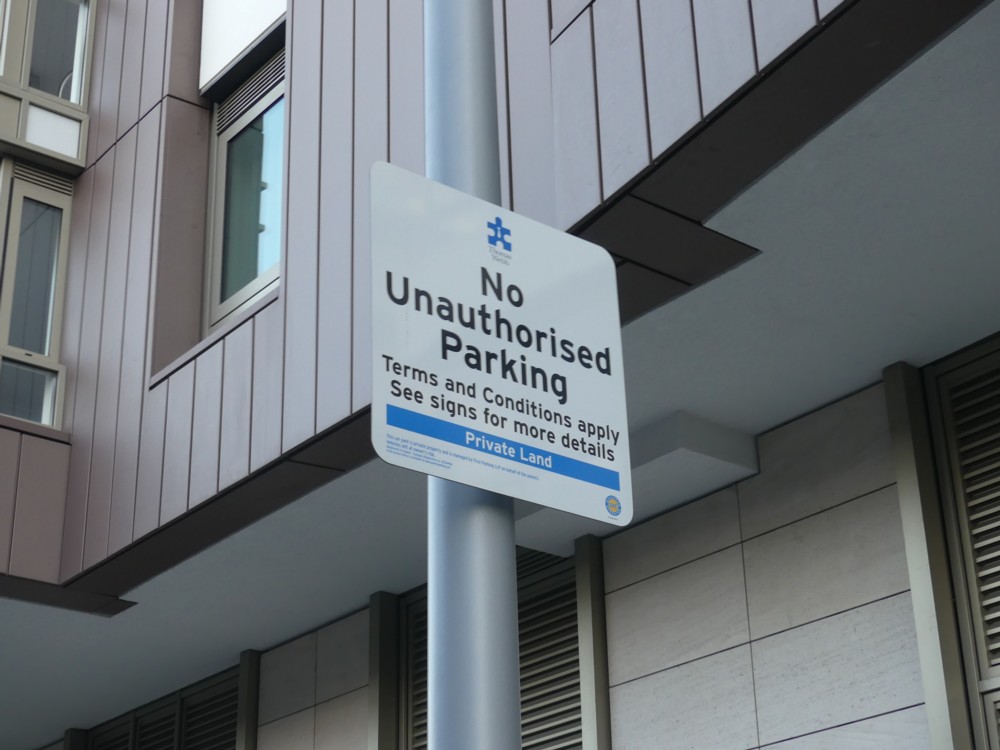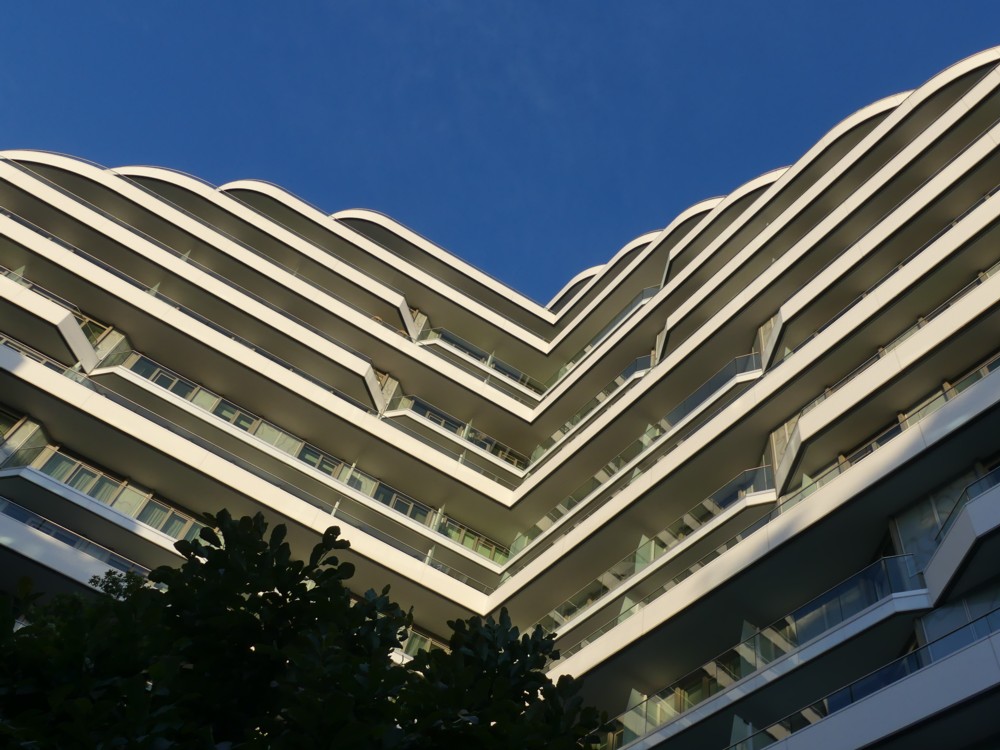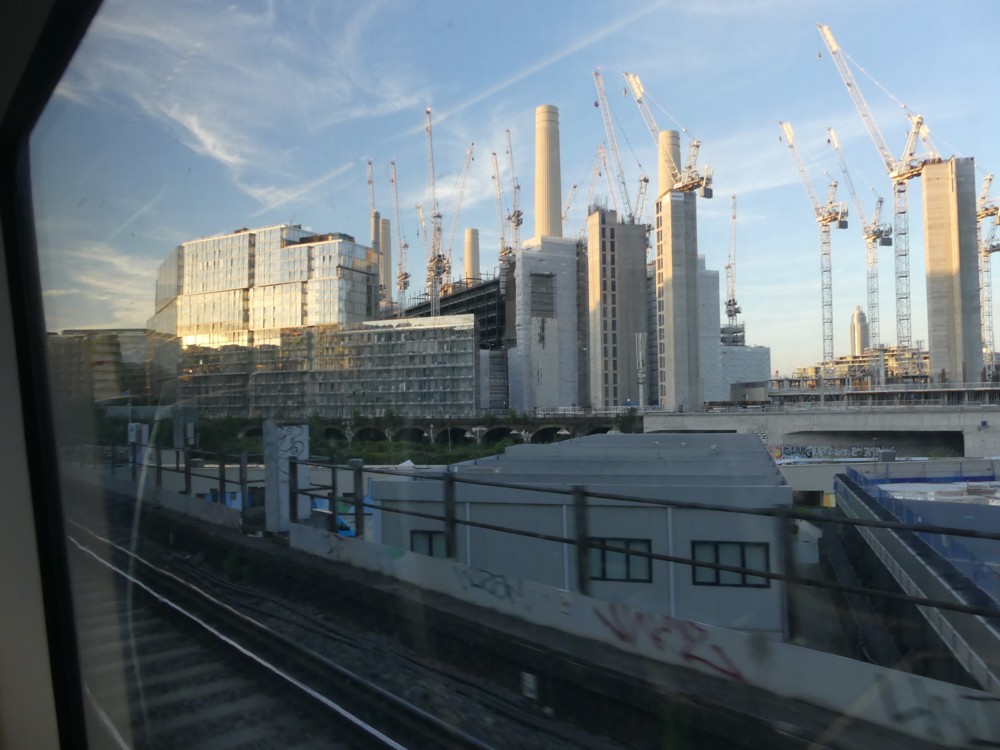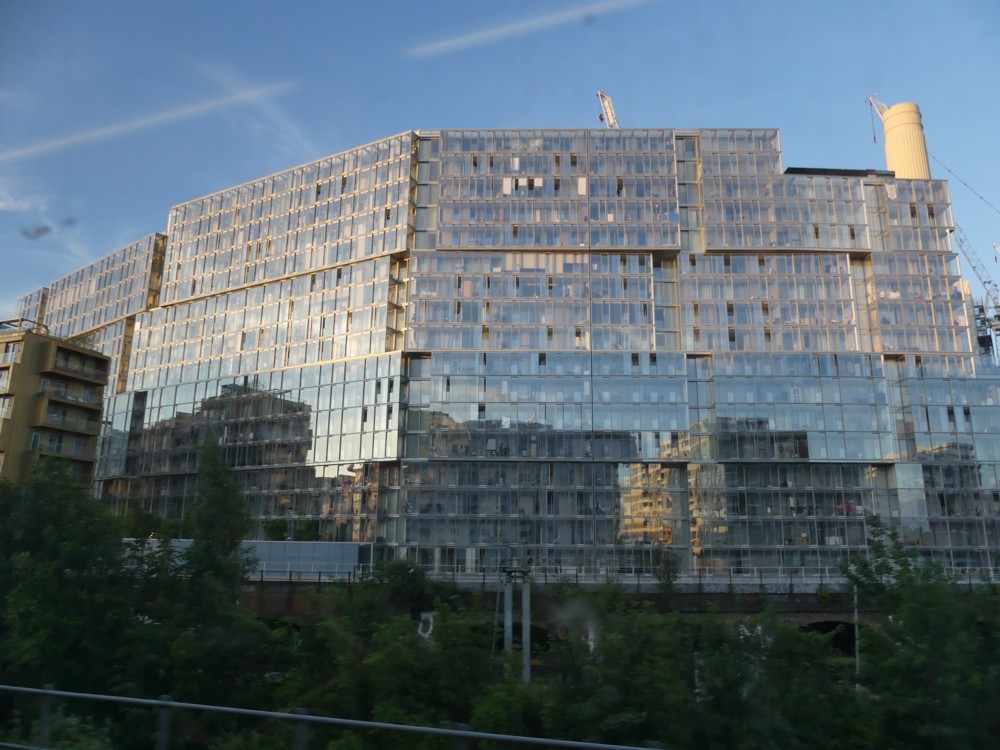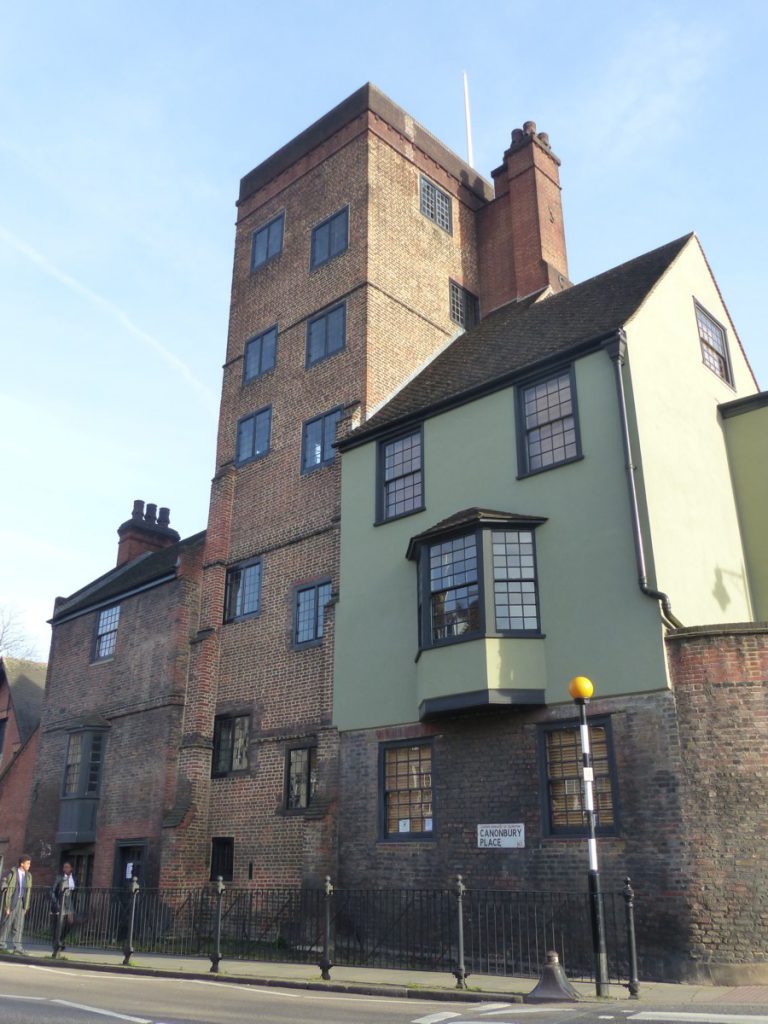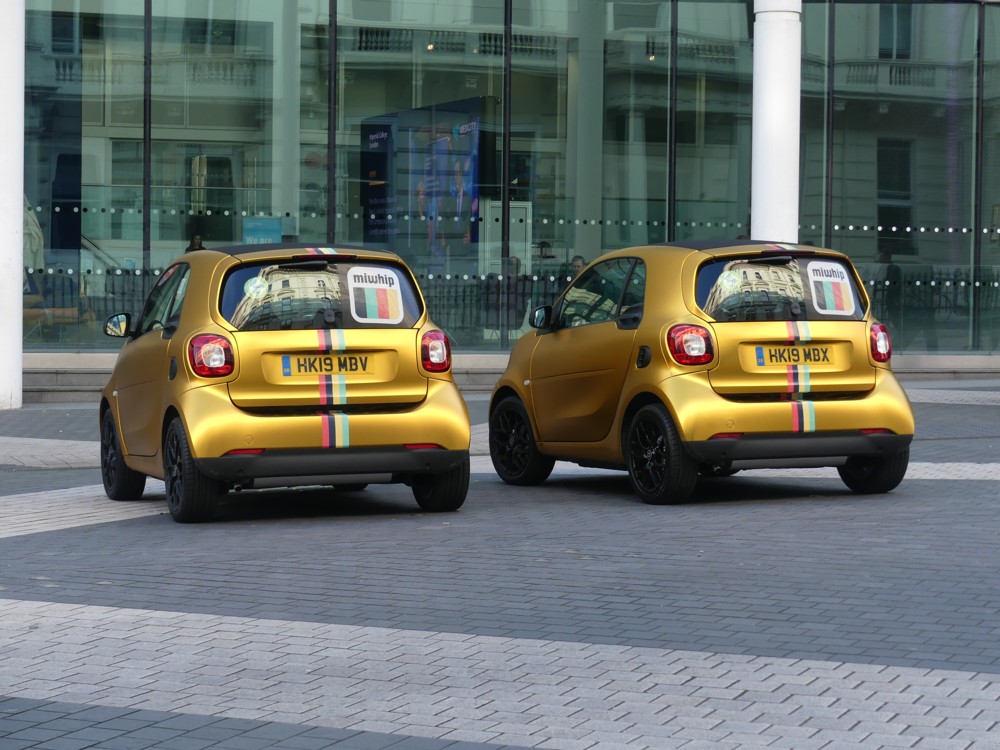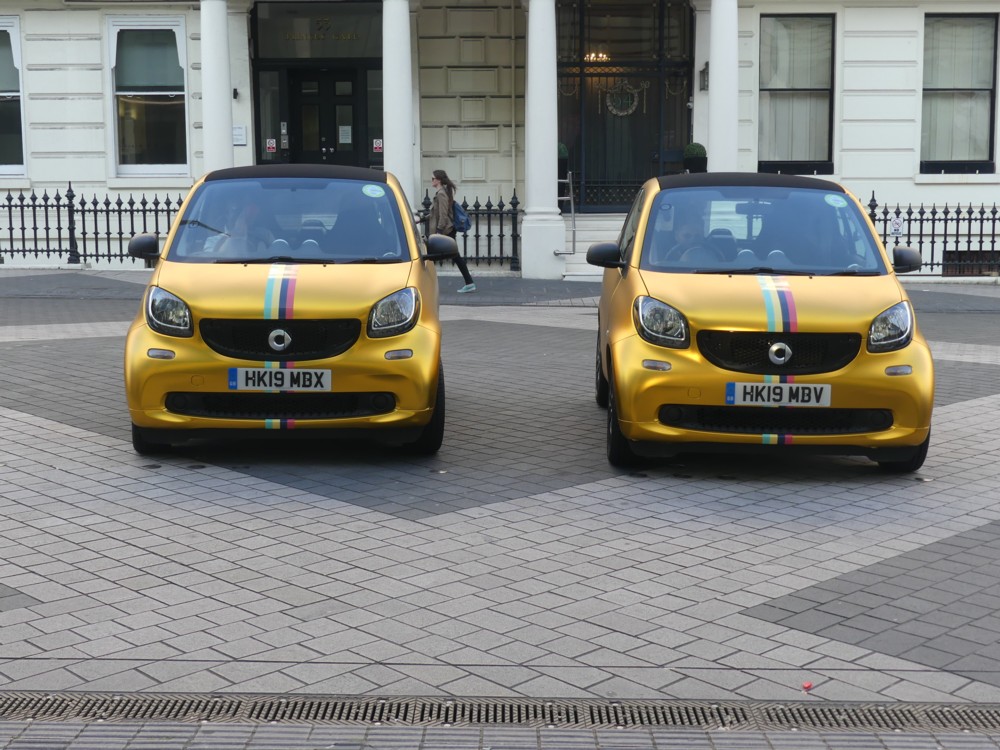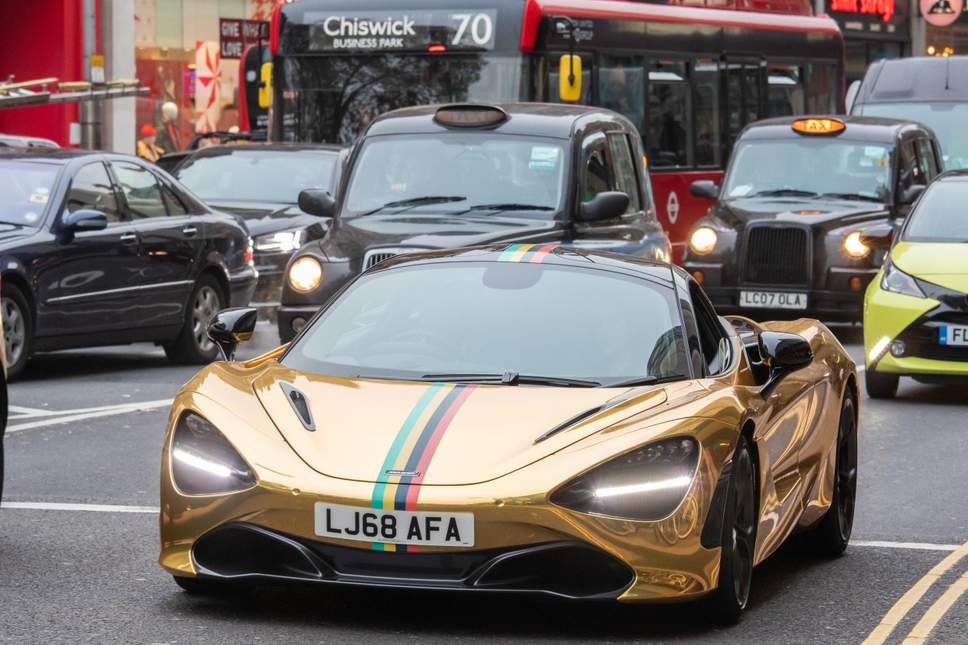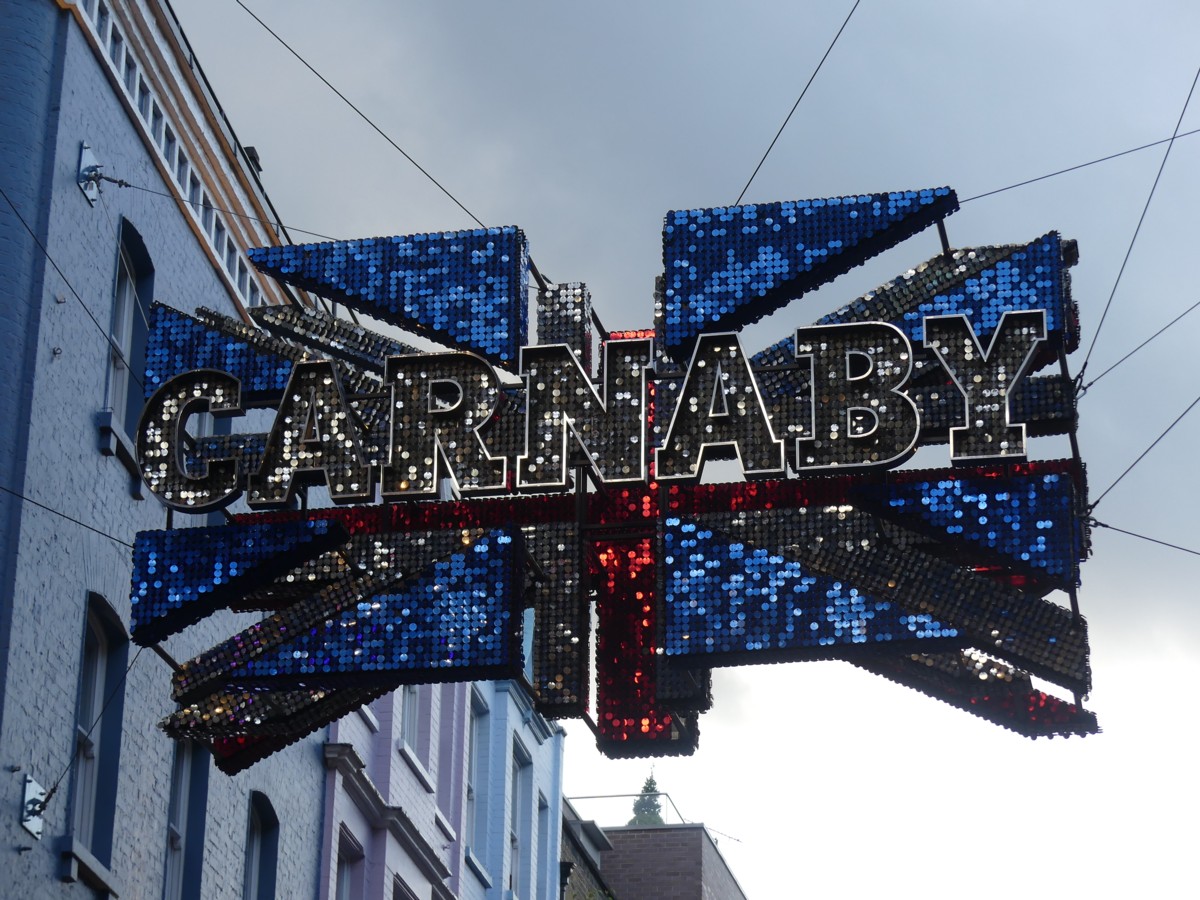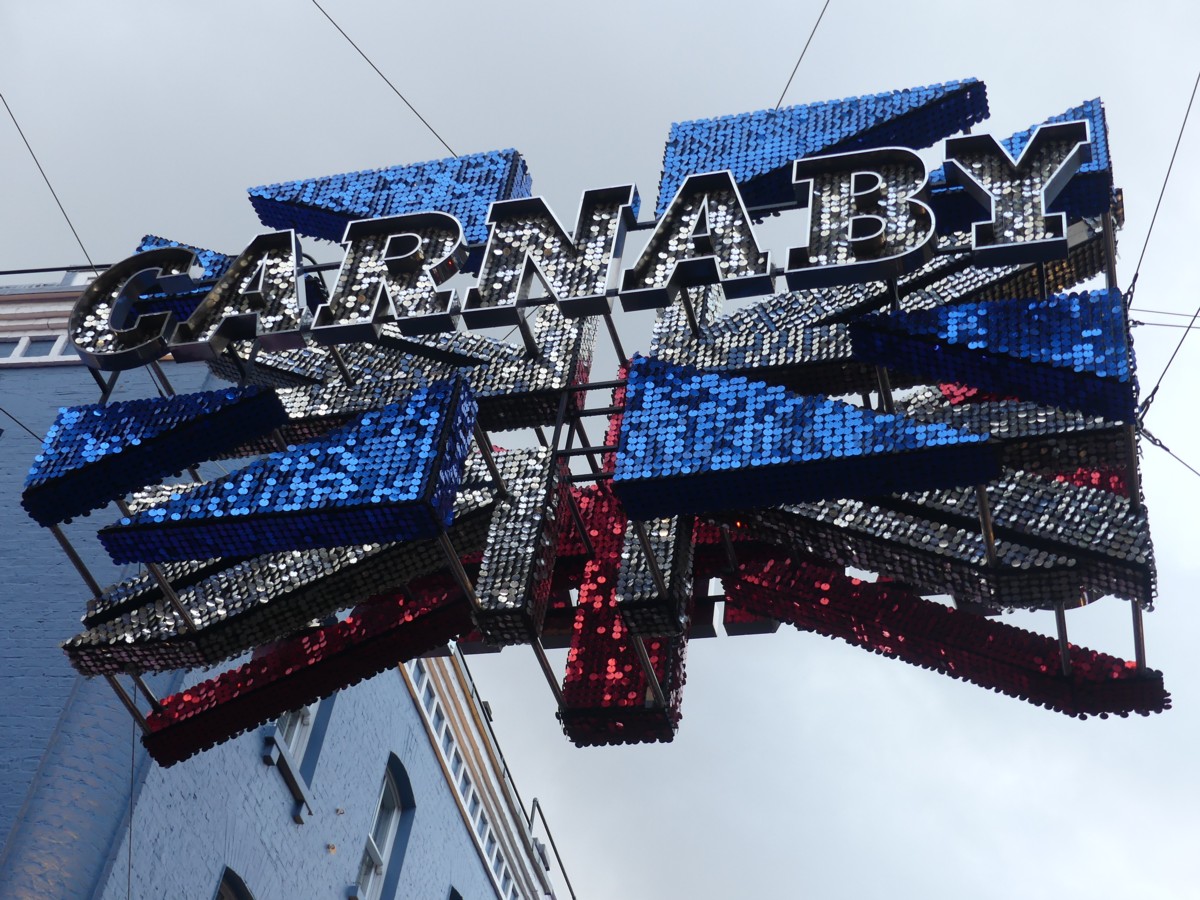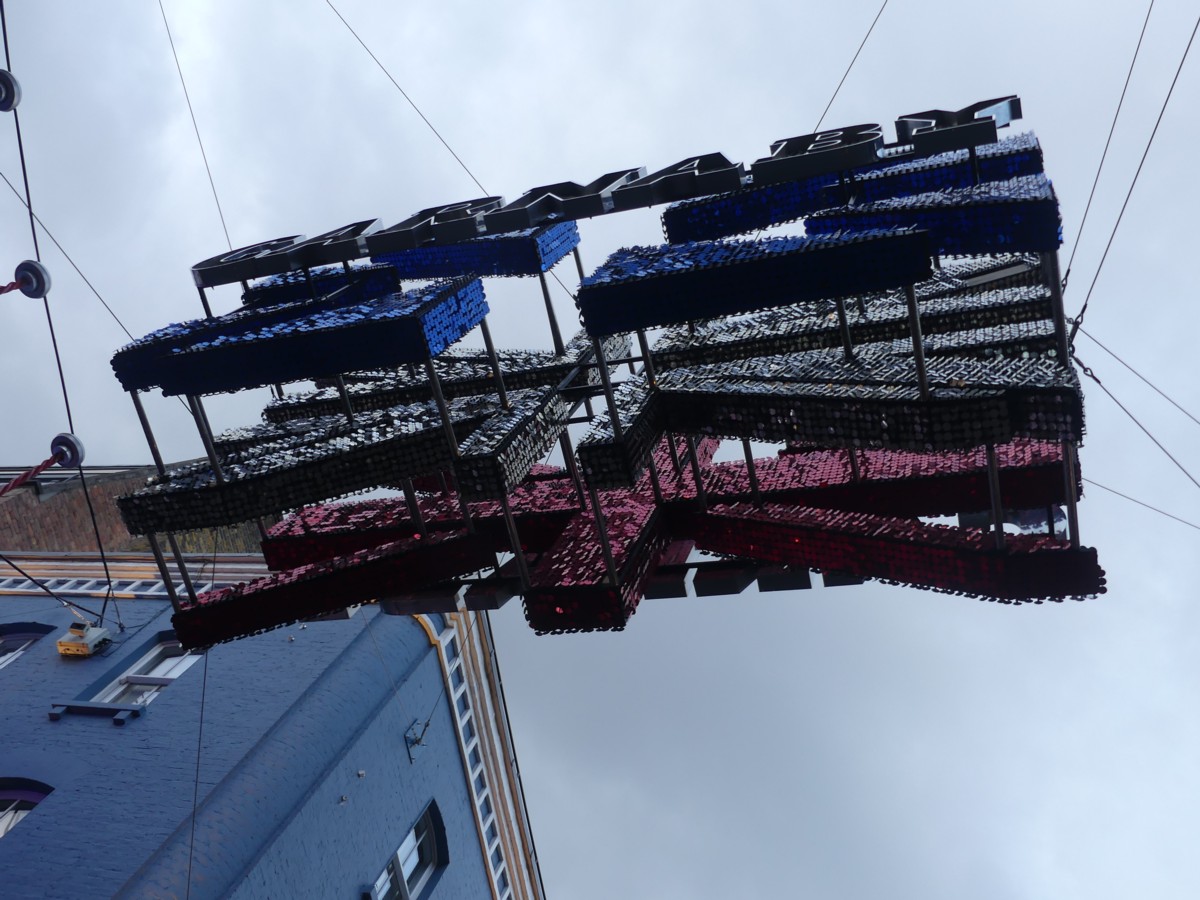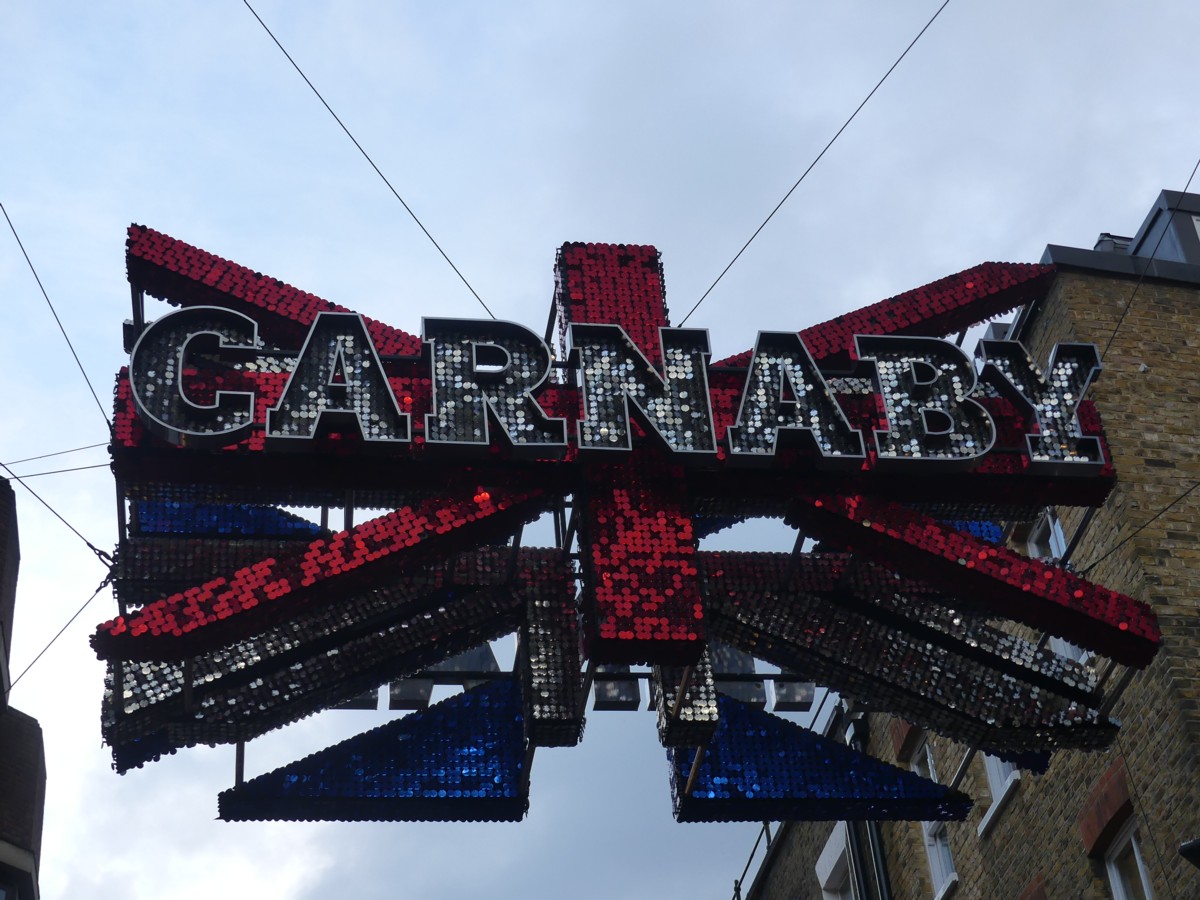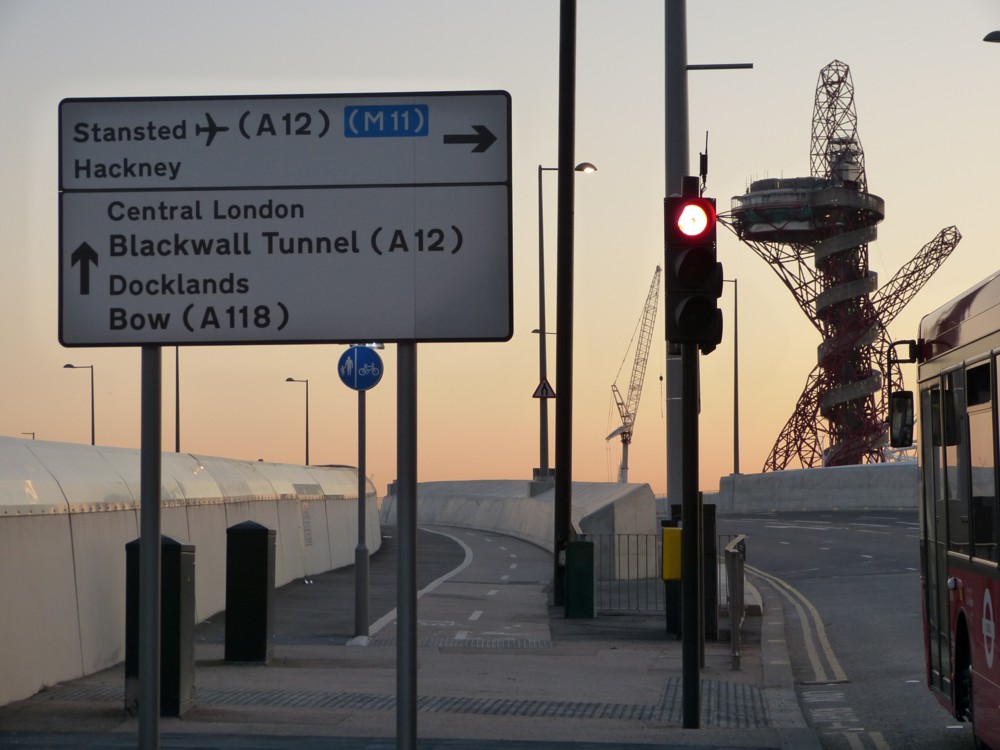One of my favourite silly websites used to be This is why I’m broke, and yes, there seems to be a particular UK version of this now. But it’s been ages since I’ve been there.
This evening I corrected this, and here are some toys that, for this or that reason, I found amusing and/or diverting.
This at home 3D printer amused me because the useless objects it is shown as having just printed tell us, yet again, that these devices are pointless. The only reason to have a “domestic” 3D printer is to learn about 3D printing. But the same applies to something like a domestic staple gun or a domestic welding kit. Either do it for a living, or steer clear, would be my advice.
These something something skates interest me, because all forms of power-assisted “pedestrian” transport interest me, and this one would appear also to be power-assisted. More and more of the future of cities is going to be made of personal transport gizmotics of this sort, I think.
The world’s best travel pillow is something I’d like, next time I’m in a train or plane. Provided that’s what it really is.
I wouldn’t, on the other hand, want a screenholder shower curtain, but for those who never wash because it means being separated from their various screens, it could be just the thing.
Now would I want this inflatable pull-out couch. But for people who want a big pull-out couch, but who are constantly moving, again this might be just the ticket.
Like so much of This Is Why I’m Broke stuff, this roll-up keyboard is a nice idea, but in truth, although I might carry it around with me, I probably wouldn’t actually use it. Laptops are ubiquitous for good, if somewhat complicated, reasons.
And this remote control mini-drone looks great. But, what on earth is it for?

